Spatchcock Turkey 101: Everything You Need to Know about this Trendy Roasting Technique
Unleash your inner culinary maverick with the spatchcock turkey technique! Picture this: a succulent, evenly roasted turkey with irresistibly crispy skin and juicy meat. It’s a game-changer; we’ve got the inside scoop just for you. Say goodbye to dry, overcooked bird and hello to tender, juicy perfection.
I love this spatchcock turkey recipe for Thanksgiving. It’s tasty, moist, and has crispy skin that’s just right. Not only does the turkey cook in less time, but it also cooks more evenly than the traditional oven-roasted turkey.
Let’s dive into the best way to season, cook, and serve this holiday masterpiece. Keep reading to become the hero of your holiday feast!
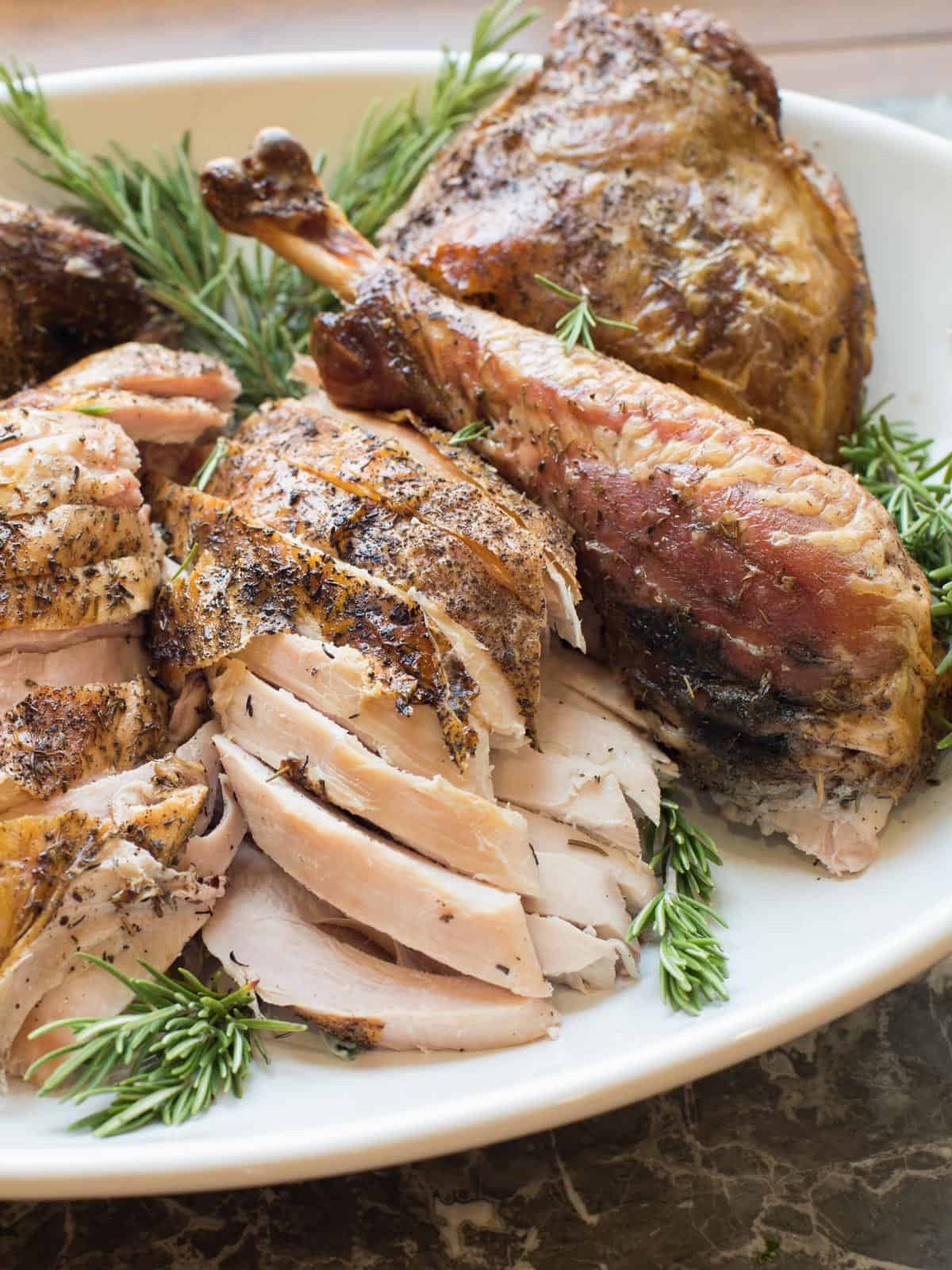
What is spatchcocking?
The spatchcock method, also known as butterflying, involves cutting along both sides of the backbone and removing the backbone completely, allowing the bird to lay flat.
Spatchcocking offers a myriad of benefits, making it a preferred method for roasting turkey. The primary advantage lies in the even distribution of heat, which ensures that the white and dark meat cook uniformly. This results in a succulent and juicy turkey, eliminating the common issue of dry, overcooked breast meat.
Additionally, spatchcocking significantly reduces the cooking time, making it a practical choice for busy holiday preparations. Laying the turkey flat it also maximizes the surface area exposed to direct heat, resulting in perfectly crispy skin—a hallmark of a well-roasted bird.
Furthermore, the flattened shape allows for easier seasoning and basting, ensuring that the flavors penetrate every nook and cranny of the turkey.
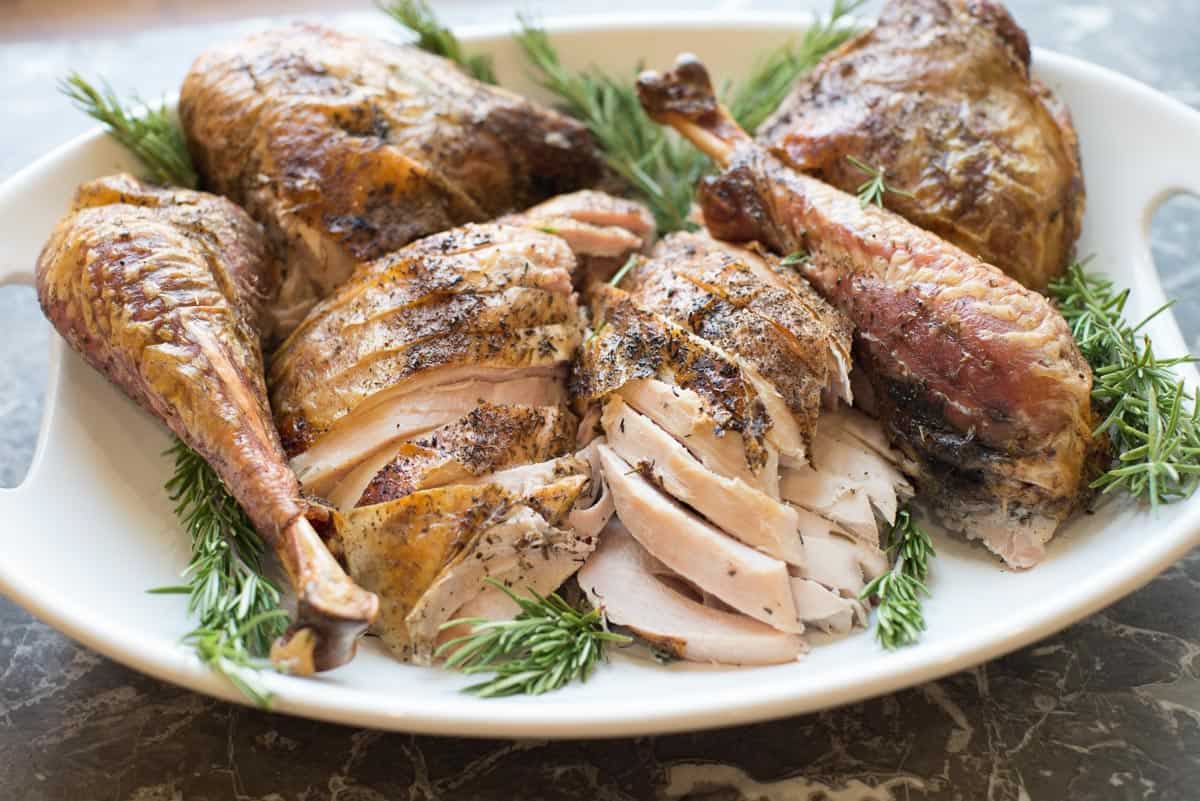
History of spatchcocking
The history of spatchcocking dates back centuries. The term “spatchcock” is believed to have originated in 18th century Ireland, where it was used to describe a method of preparing and grilling poultry. However, similar techniques can be found in other culinary traditions, including those of the Caribbean and parts of Africa.
Spatchcocking gained popularity due to its practicality and efficiency in achieving evenly cooked poultry. Keep in mind that while this post is about turkey, spatchcocking can also be used for smaller birds like chicken or game hens.
The technique became a staple in many households as culinary traditions evolved, especially during holiday feasts and celebratory gatherings.
Today, spatchcocking continues to be embraced by home cooks and professional chefs, thanks to its ability to produce juicy, flavorful poultry with minimal cooking time.
Choosing A Turkey
I opt for Diestel turkeys on Thanksgiving. Diestel Farms is committed to animal welfare and sustainable farming. Their turkeys are delicious, and I feel good about where they come from and how they are fed.
What Size Turkey Should You Buy?
Turkey size will determine its cooking time and how many people you can feed. I suggest a half-pound per person when selecting a whole turkey. I usually buy a 14-16 pound turkey.
Using this as a guide will usually give you enough meat to serve and a respectable amount of leftover turkey for making Turkey Pot Pie or Turkey Soup later in the week.
Step-by-step guide to spatchcocking a turkey
Spatchcocking a turkey may seem intimidating at first, but with the right tools and technique, it’s a straightforward process. Before you begin, ensure you have a solid cutting board, sharp kitchen shears, or a sharp chef’s knife.
- Start by placing the turkey breast side down on a clean, flat surface.
- Locate the backbone and use the poultry shears or a sharp knife to cut along each side of the backbone.
- Once the backbone is removed, flip the turkey over and press down firmly on the breast bone with the heel of your hand to flatten the bird. You may hear a satisfying crack as the turkey opens up.
- Tuck the wingtips behind the breasts to prevent them from burning during cooking.
Voila! You’ve successfully spatchcocked your turkey and are ready to proceed with seasoning and roasting.
Seasoning and flavoring a delicious turkey
The flattened shape of a spatchcocked turkey provides an ideal canvas for seasoning and flavoring. Whether you prefer a classic herb and butter rub or a more adventurous spice blend, the choice is yours.
There are many ways to season a turkey. Here are a few of the most common.
Dry Brine Method
My typical Thanksgiving turkey seasoning is a dry rub. I like to use a dry rub and slow-cure my turkey in the fridge for up to 4 days. Set the turkey on a wire rack that has been set over a baking sheet.
You can dry brine for as little as 12 hours, but I leave the turkey in my outside fridge, uncovered for 4 days before I cook it.
Wet Brine Method
Wet brining is done by soaking your turkey in a saltwater solution seasoned with spices and sometimes sugar. You will usually need 6 to 8 quarts of liquid for this process.
A wet brine tenderizes the meat because the salt solution acts on the proteins to denature them. The saltwater solution draws water into the meat and imparts more moisture.
Compound Butter
Bring the butter to room temperature and add salt, pepper, and your favorite seasonings.
Using your fingers, separate the turkey skin from the flesh. Then, place the butter mixture under the skin. Use either your fingers or a spoon.
You can use melted butter to baste the turkey during the cooking process. The butter helps to brown and crisp the skin.
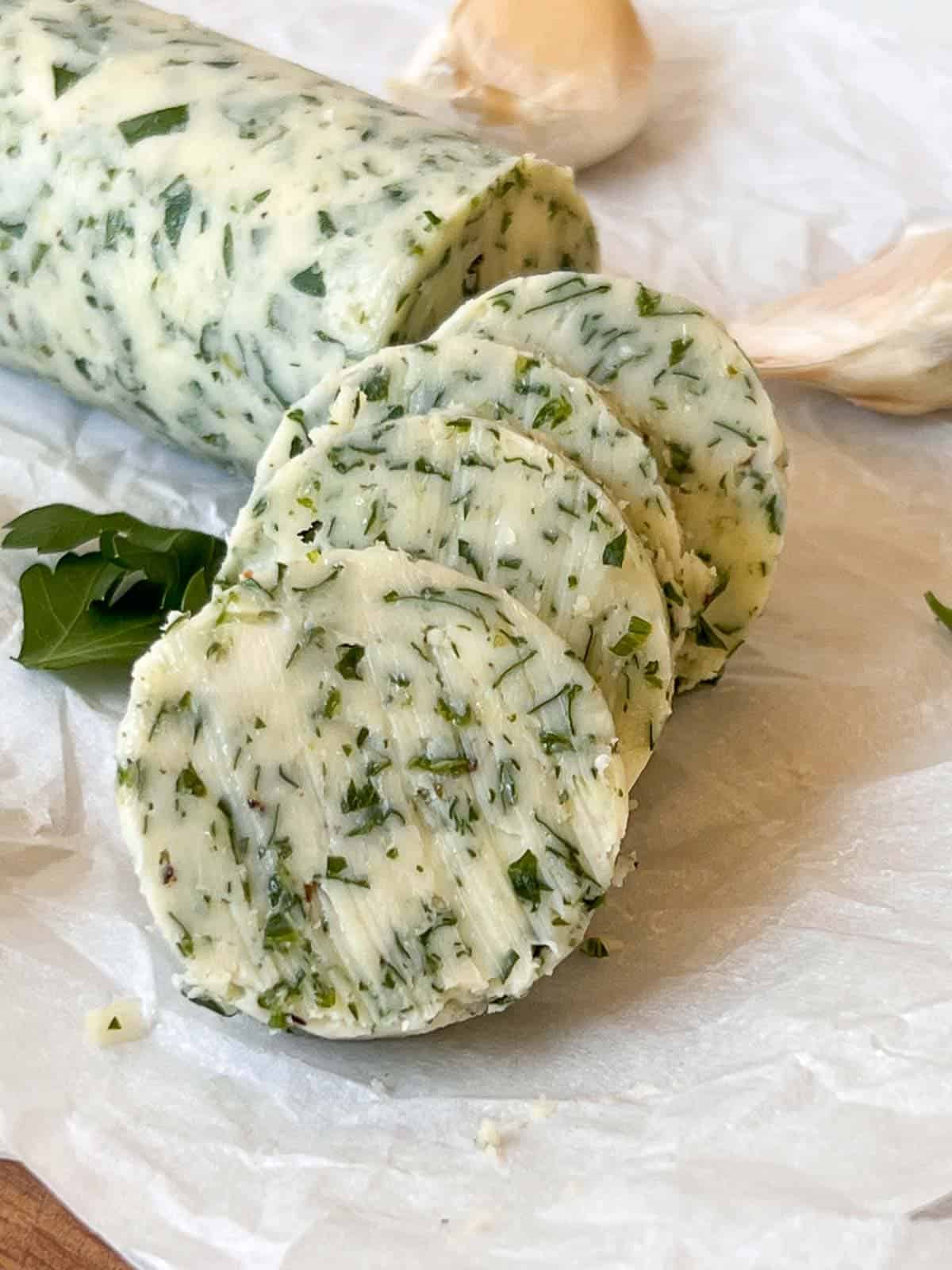
Injectable Flavorings for Turkey
At most cooking stores, you can find a flavor injector that can be used for injecting your bird with a mixture of liquid and spices.
Some homemade injectable flavor recipes are butter-based, and others are broth-based. I would try this spicy version of injectable flavor if it were me.
The injectable flavor works well for the deep-fried turkey method because the heat of the oil will obliterate any seasoning on the surface.
Cooking methods for spatchcocked turkey
Once your spatchcocked turkey is seasoned to perfection, it’s time to consider the method of cooking that best suits your culinary vision.
Whether you opt for roasting, grilling, or smoking, the spatchcocked turkey is exceptionally versatile and adapts well to various cooking techniques.
Oven Roasted Spatchcock Turkey
A beautiful golden brown oven-roasted turkey is the hallmark Thanksgiving centerpiece.
- Preheat the oven to 450℉.
- Set the seasoned turkey on its wire rack over a rimmed baking sheet. Place a probe thermometer in the thickest part of the breast.
- Roast the turkey for 30 minutes.
- Reduce the temperature of the oven to 350℉
- Continue to roast the turkey until the internal temperature of the breast is 155 to 165℉.
- Remove the turkey and let it rest for at least 10 minutes before slicing.
You can make a perfectly roasted Thanksgiving turkey as long as you can remember these two temperatures.
- 165 to 175℉ at the thickest part of the thigh.
- 155 to 165℉ at the thickest part of the breast.
Always use a probe thermometer when cooking a turkey. I never trust those pop-out thermometers that come in the turkey.
Make sure to let your turkey rest for at least 10 minutes after you have taken it out of the oven before carving.
Resting allows the moisture that the heat has pulled towards the outside of the meat to reassimilate evenly through the meat. This means a juicier turkey for you.
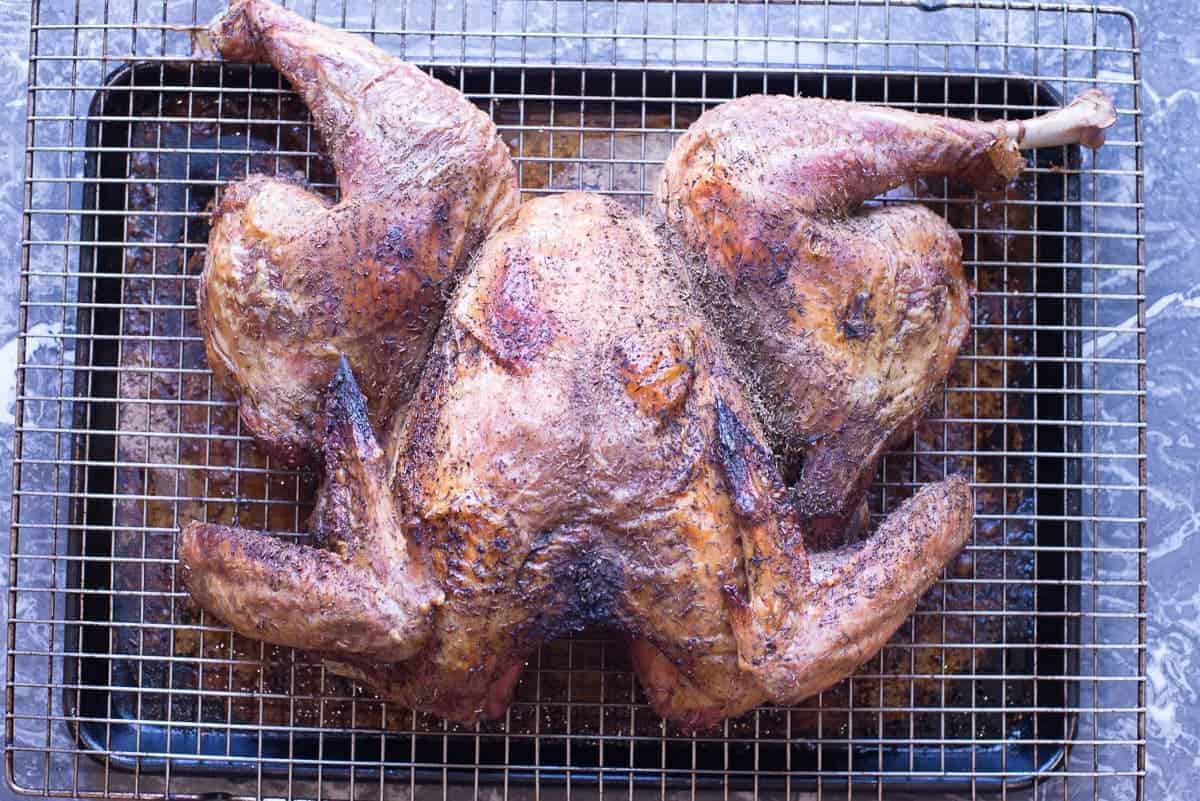
Grilled Spatchcock Turkey
Alternatively, grilling the spatchcocked turkey over charcoal or wood imparts a delightful smokiness and charred flavor, adding an extra dimension to the overall taste.
- Set up the grill for indirect heat. You’ll want the coals on one side of the charcoal grill. Place a drip pan in the center, and the turkey will be placed directly over the drip pan.
- For a gas grill, heat one side of the grill.
- Use a cast iron wood chip box, or throw a few chunks of hard fruitwood on the grill to get a little bit of smoke flavor.
- Bring the temperature of the grill to 350℉. (This is where the Thermoworks Signals Thermometer is great because you can monitor the grill’s temperature as well as the meat.)
- Set the dry-brined turkey on its wire rack directly on the grill grates. This makes it super easy to pull the turkey off later.
- Place a probe thermometer in the thickest part of the breast.
- Grill the turkey until the internal temperature of the breast is 155 to 165℉.
- Bast every 30 minutes with melted butter, if desired.
- Remove the turkey and let it rest for at least 10 minutes before slicing.
Smoked Spatchcock Turkey
Those with a penchant for outdoor cooking may also consider utilizing a smoker to infuse the turkey with rich, aromatic flavors.
- Set up the smoker for a relatively long smoke.
- Bring the lump charcoal to 225℉.
- Add the fruit wood to the smoker, and then add the turkey.
- This is where the Thermoworks Signals Thermometer is great because you can monitor the grill’s temperature and the meat.
- Set the dry brined directly on the grill grates.
- Place a probe thermometer in the thickest part of the breast. Smoke the turkey until the internal temperature of the breast is 155 to 165℉. I like to pull my turkey off at 160℉. Carryover heat will bring it up to 165℉ after you take it off the grill.
Spatchcock Turkey Cooking Time
There is no absolute rule for cooking time. A probe thermometer is the only way to ensure that your Thanksgiving turkey is perfectly cooked.
I like to use a probe thermometer that can be left in the bird during cooking and that has an alarm to alert you when it’s time to pull the bird off the heat or out of the oven.
Thermoworks, hands down, has the best cooking thermometers on the market. My favorite one for Turkey is the Thermoworks Signals Thermometer. This thermometer has 4 channels and an alarm. It’s a little pricey but well worth it if you cook or are into smoking and grilling.
A less expensive thermometer is the Thermoworks Chef Alarm. This thermometer has just one probe but is great for your holiday roasts and turkeys. Both of these thermometers make great holiday gifts, too. Order one for you and one for your favorite chef.
Tips for achieving the perfect spatchcocked turkey
Achieving the perfect spatchcocked turkey is within reach with a few essential tips.
- First and foremost, invest in a reliable meat thermometer to accurately gauge the turkey’s internal temperature. This ensures that the meat is safely cooked while retaining its juiciness.
- Consider brining the turkey prior to spatchcocking to impart moisture and enhance its natural flavor profile.
- When roasting the spatchcocked turkey, periodically baste it with the pan juices to maintain moisture and promote a crispy, golden exterior.
- Keep an eye on the turkey’s color and texture, adjusting the cooking time and temperature to achieve the ideal balance of tenderness and caramelization.
- Allow the turkey to rest for a brief period after cooking to allow the juices to redistribute, ensuring a succulent and flavorful result.
The best occasions for serving spatchcocked turkey
Spatchcocked turkey is not limited to holiday feasts; it’s a versatile dish that can elevate a wide range of occasions. Whether hosting a casual backyard barbecue, a festive summer gathering, or a special family dinner, the spatchcocked bird is a show-stopping centerpiece that impresses and delights. Its ability to cook quickly and evenly makes it a practical choice for any event where time and efficiency are of the essence.
Moreover, spatchcocking allows for easier portioning, making it an excellent option for smaller gatherings or intimate celebrations. The versatility of spatchcocked turkey extends beyond traditional holidays, offering a delectable solution for any occasion that calls for a memorable and mouthwatering main course.
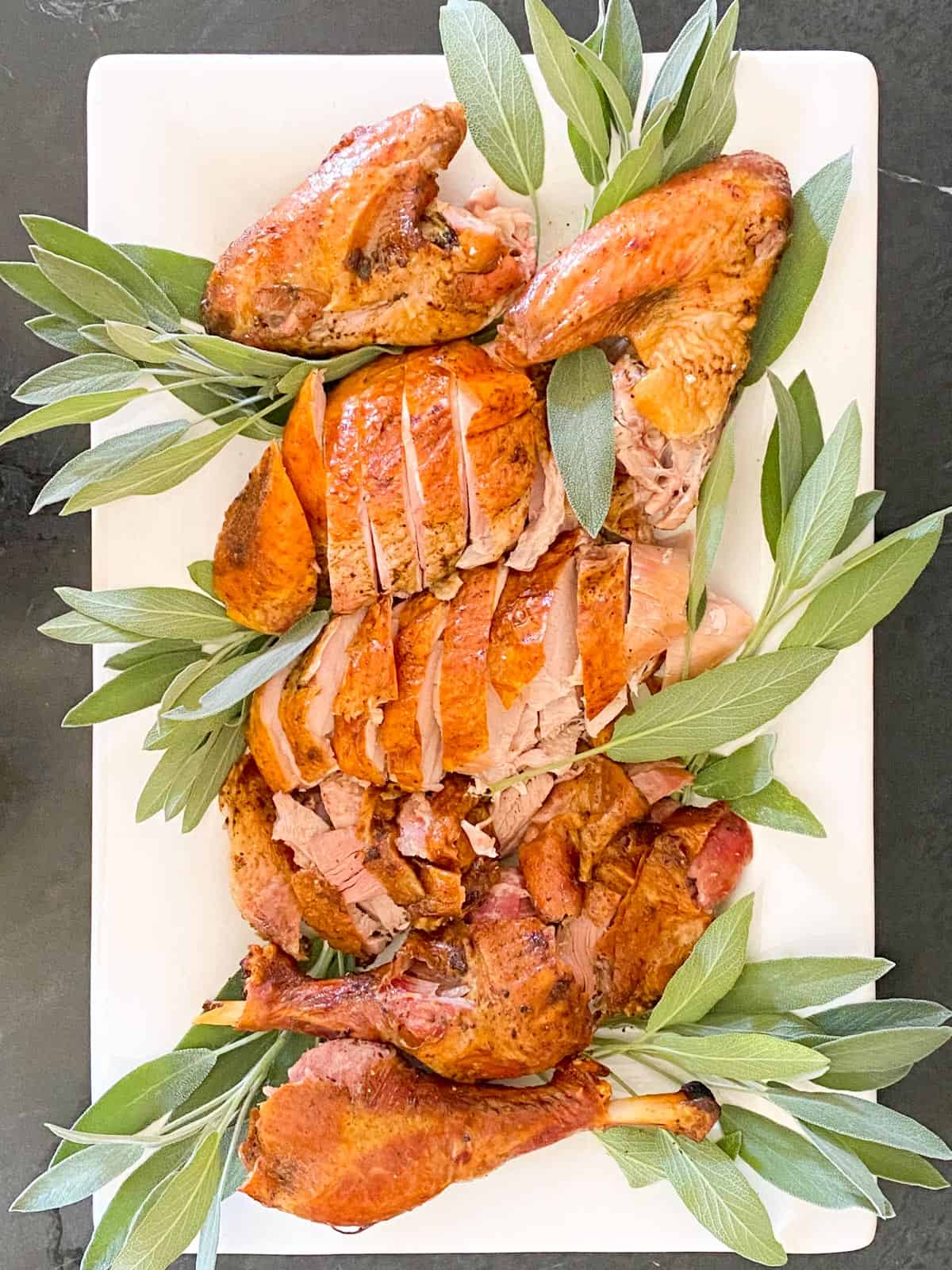
What To Serve With Spatchcocked Turkey
Our Thanksgiving table isn’t complete without my Aunt Jayne’s Dumpling Noodles, Aunt Donna’s Dinner Rolls, and Sausage and Apple Stuffing.
Gluten-Free Pumpkin Bread (Low-Carb)
Pumpkin Soup Recipe
Sausage Stuffing Recipe
Gourmet Cranberry Sauce
Did you love this recipe?
Please leave a 5-star 🌟🌟🌟🌟🌟 rating and a comment below ⬇️
I love hearing from you in the comments; & your feedback helps other readers and helps me continue offering recipes at no cost. Drop a comment 👇
Spatchcock Turkey
Equipment
- baking sheets (affiliate link)
- probe thermometer (affiliate link)
Ingredients
- 1 13 to 14 pound whole turkey, neck and giblets removed and reserved for Giblet Stock
Dry Rub For Turkey
- 3 ½ tbsp kosher salt (affiliate link)
- 1 ½ tsp rubbed sage
- 1 ½ tsp dried thyme
- 1 ¼ tsp whole black peppercorns
- 1 ¼ tsp pink peppercorns
- 1 ¼ tsp juniper berries
- ½ tsp whole allspice berries
Instructions
Preparing Turkey with Dry Brine
- Four days before serving, prepare the spice blend in a spice grinder or mortar and pestle. Set aside.
- Spatchcock the turkey: set the turkey, breast-side down, on a large cutting board with the tail closest to you. Use heavy-duty kitchen shears to cut up one side of the backbone.
- Turn the bird around and cut back down the other side of the spine.
- Remove the backbone and reserve the backbone along with any giblets for turkey stock.
- Turn the turkey breast-side up and pull sides outward. Then use the heel of your hands to press down on both breasts, until you hear a cracking sound and the bird has flattened slightly.
- Rub the seasoned salt on both sides of the turkey.
- Place the turkey on a parchment paper-lined half sheet pan, breast-side up with legs running with the long side of the pan.
- Store, uncovered, in the refrigerator up to 4 days.
- Remove the turkey from the refrigerator and leave at room temperature for 1 hour before cooking.
Roasting the Turkey
- Preheat the oven to 425℉
- Place the turkey on a baking rack over a half sheet pan (to catch the drippings).
- Roast for 30 minutes.
- Reduce the temperature to 350℉
- Continue to roast until the thickest part of the breast is 155℉, approximately 40-50 minutes.
- Remove the turkey and let rest for 30 minutes before carving.
Laura’s Tips + Notes
YOUR OWN NOTES
Sign In to add your own private notes

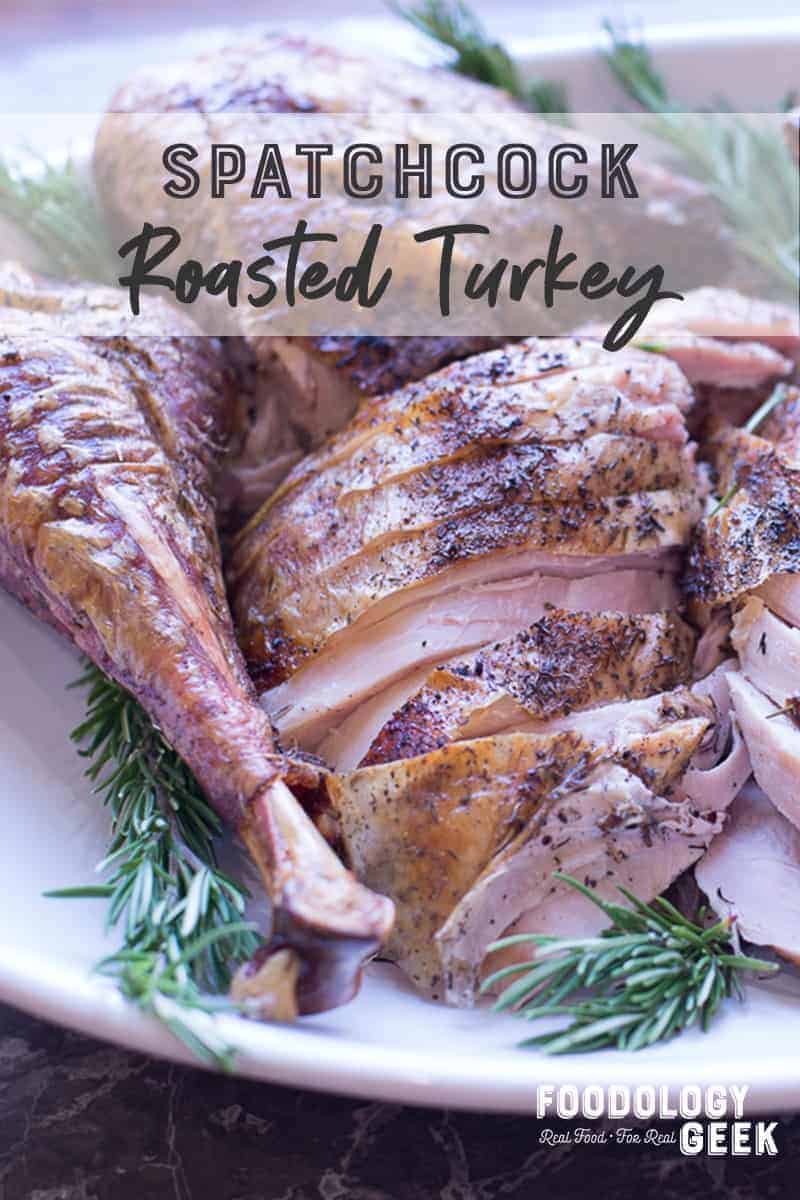
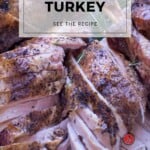
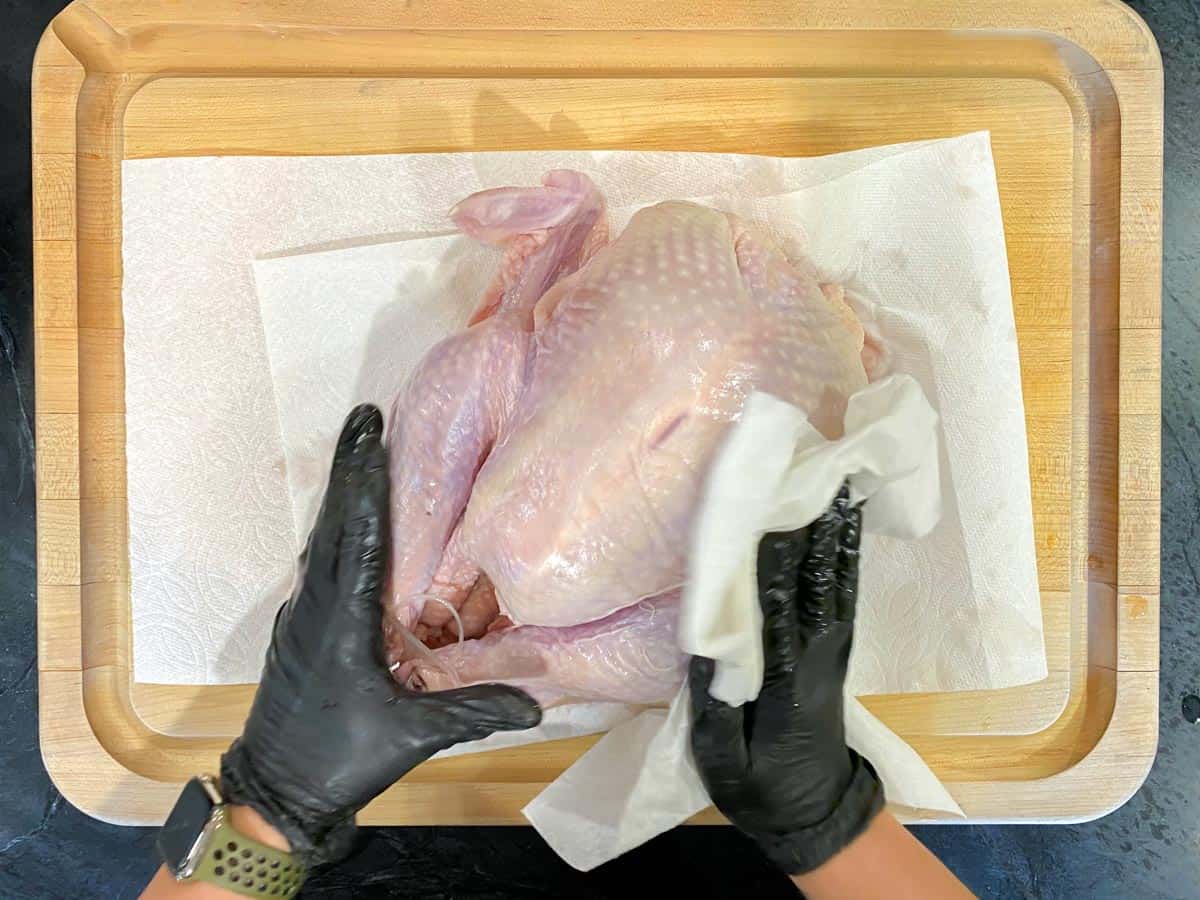
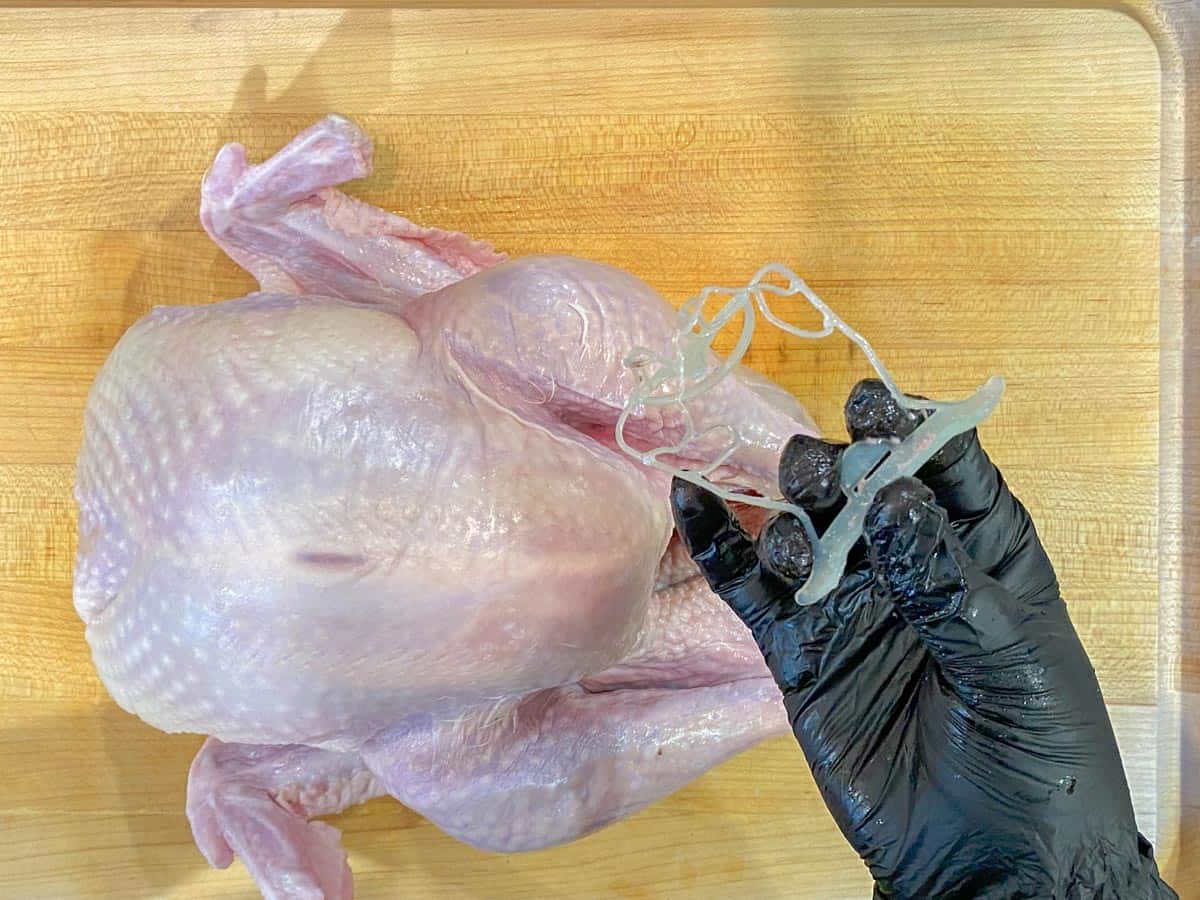
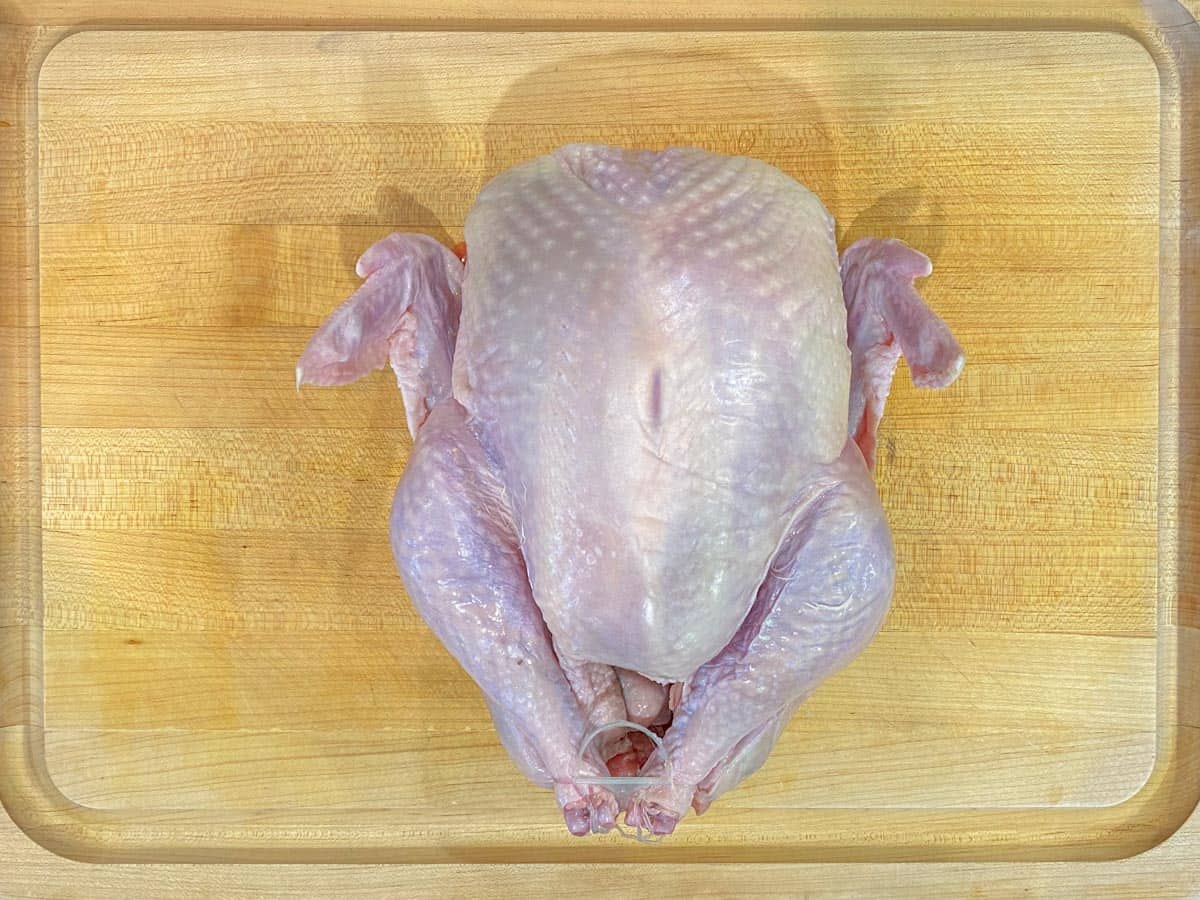
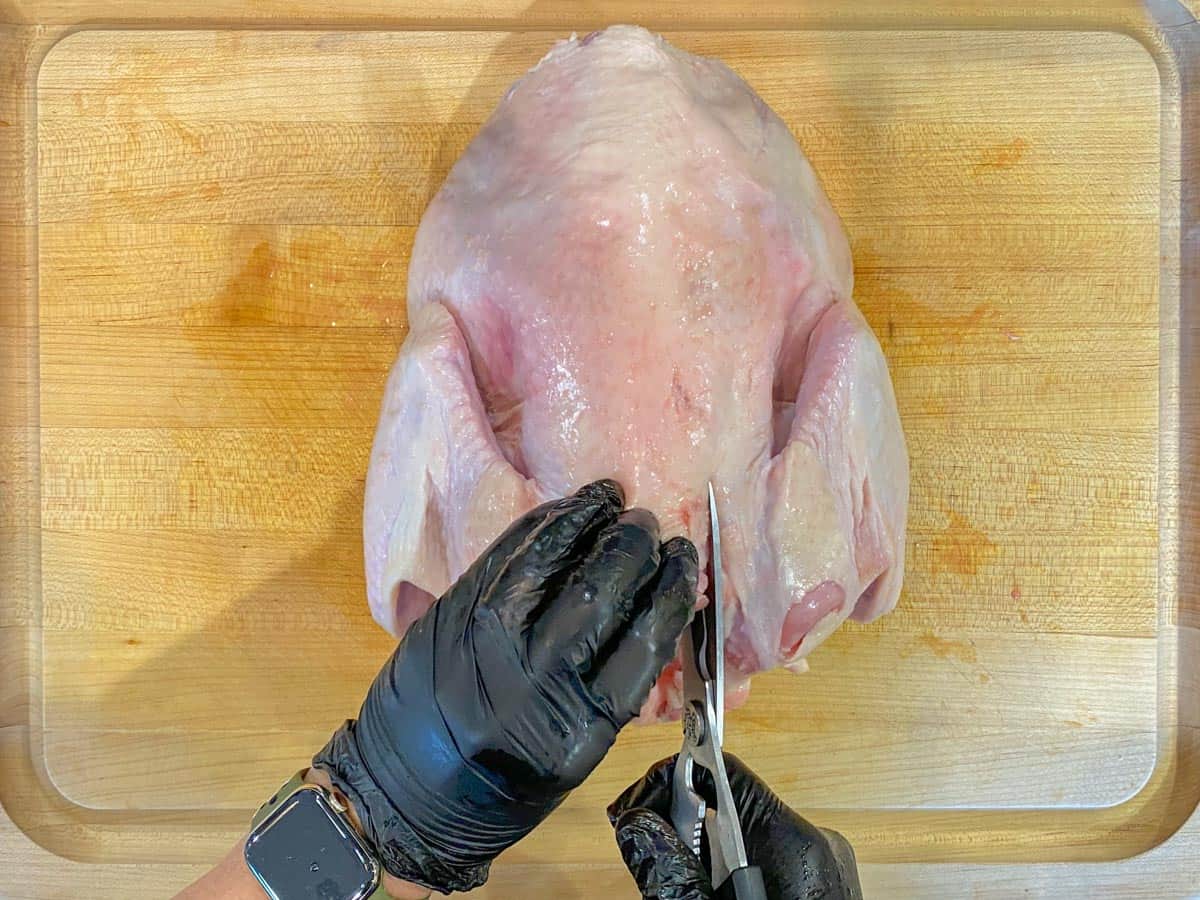
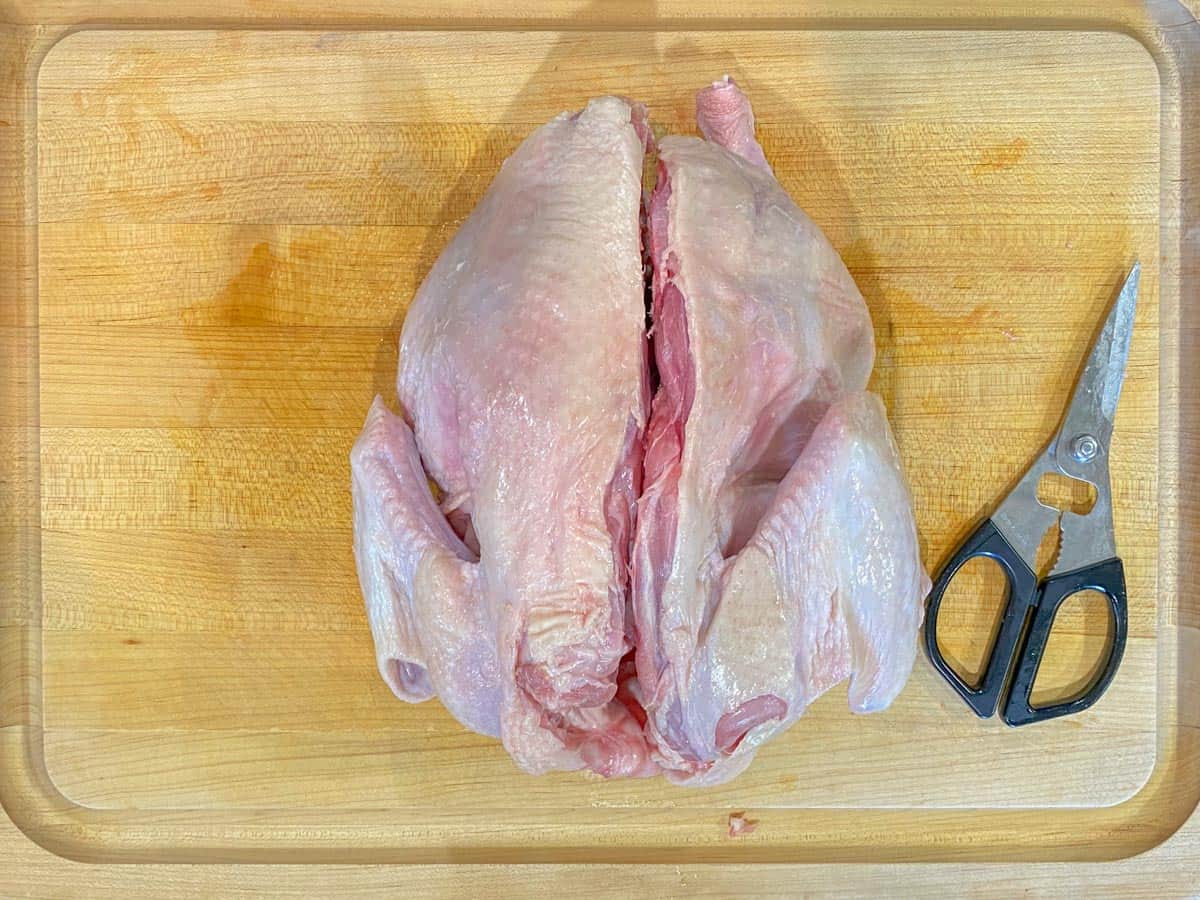
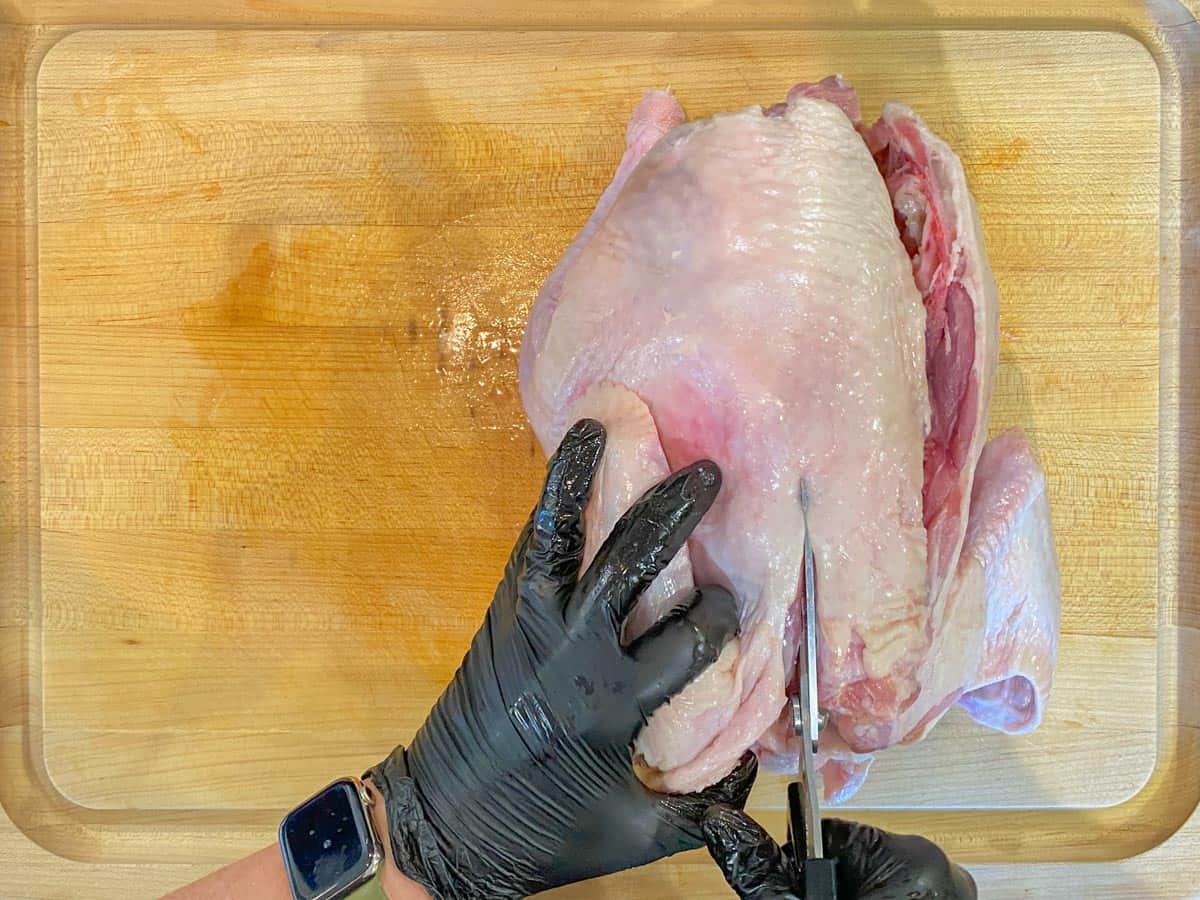
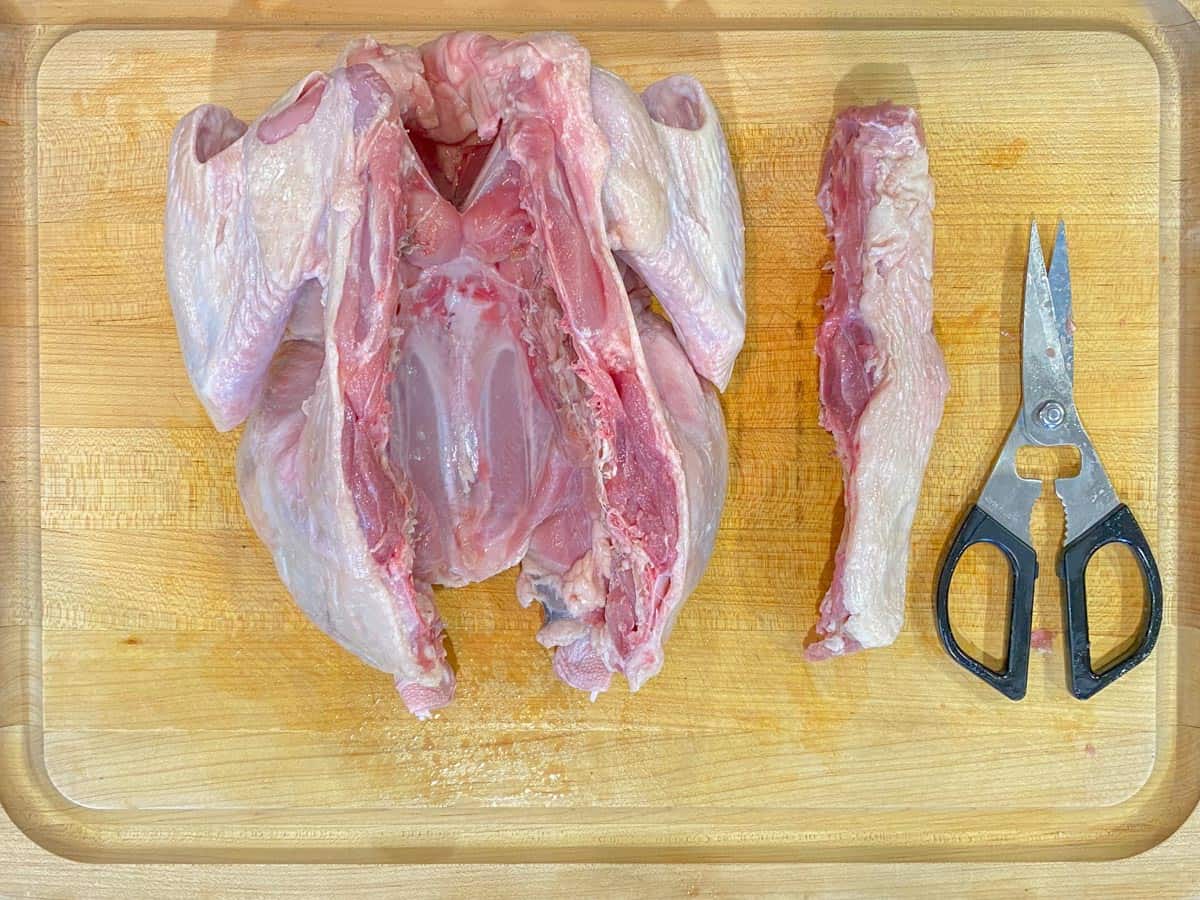
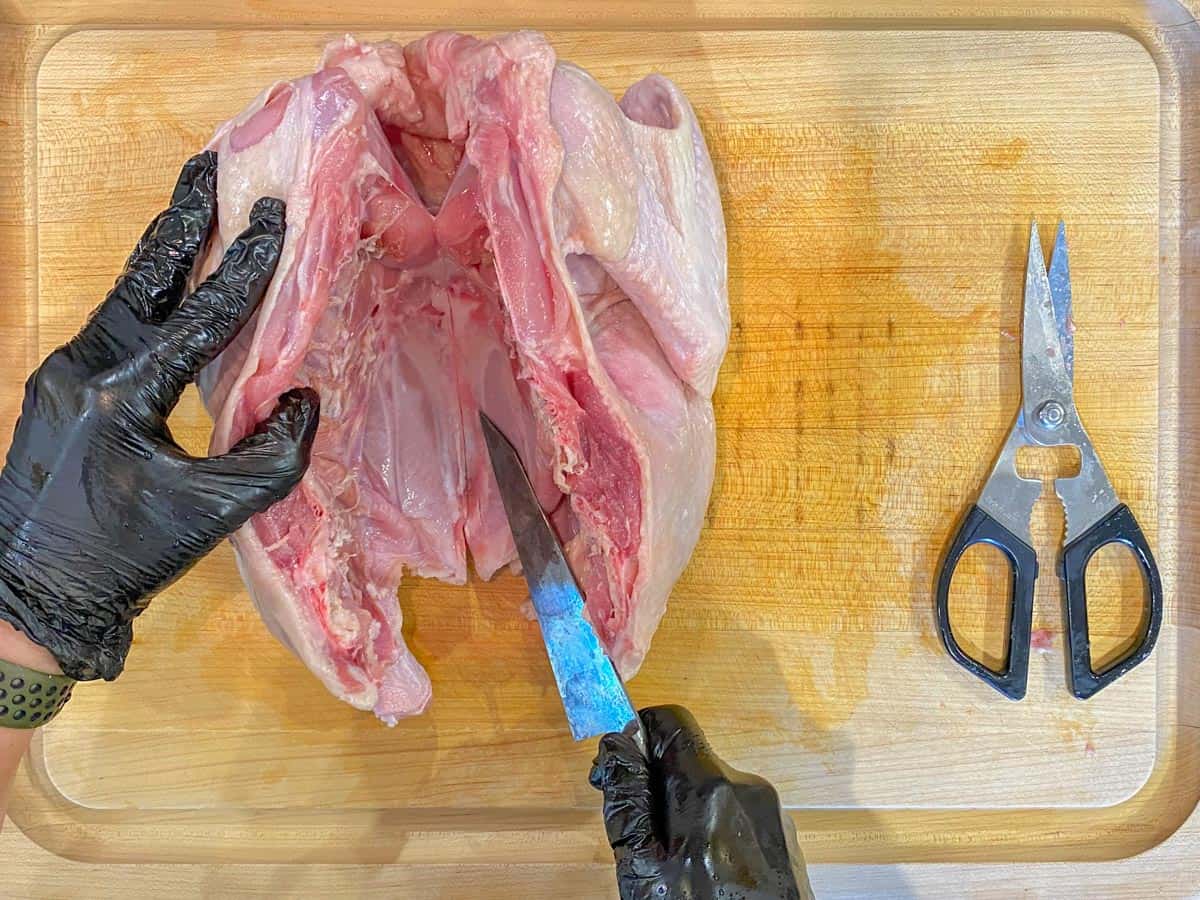
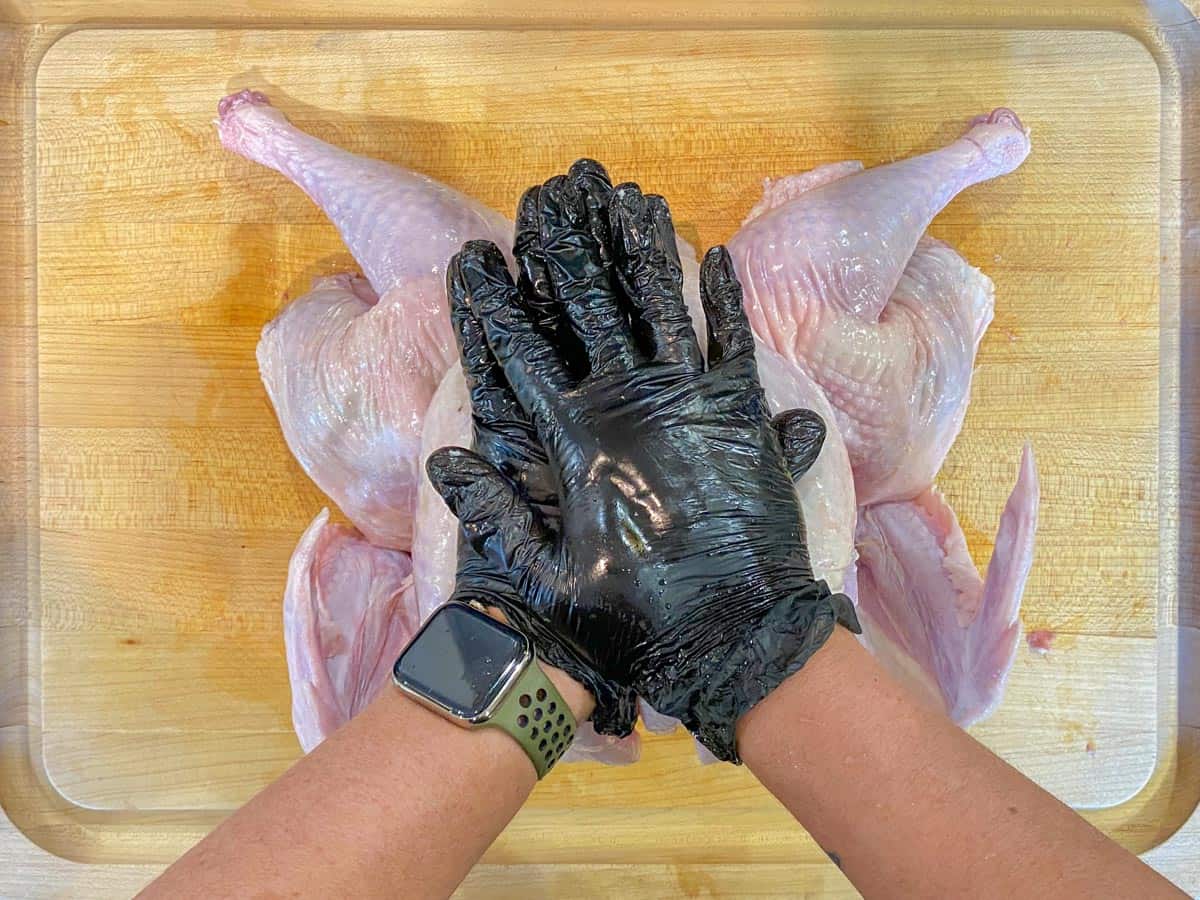
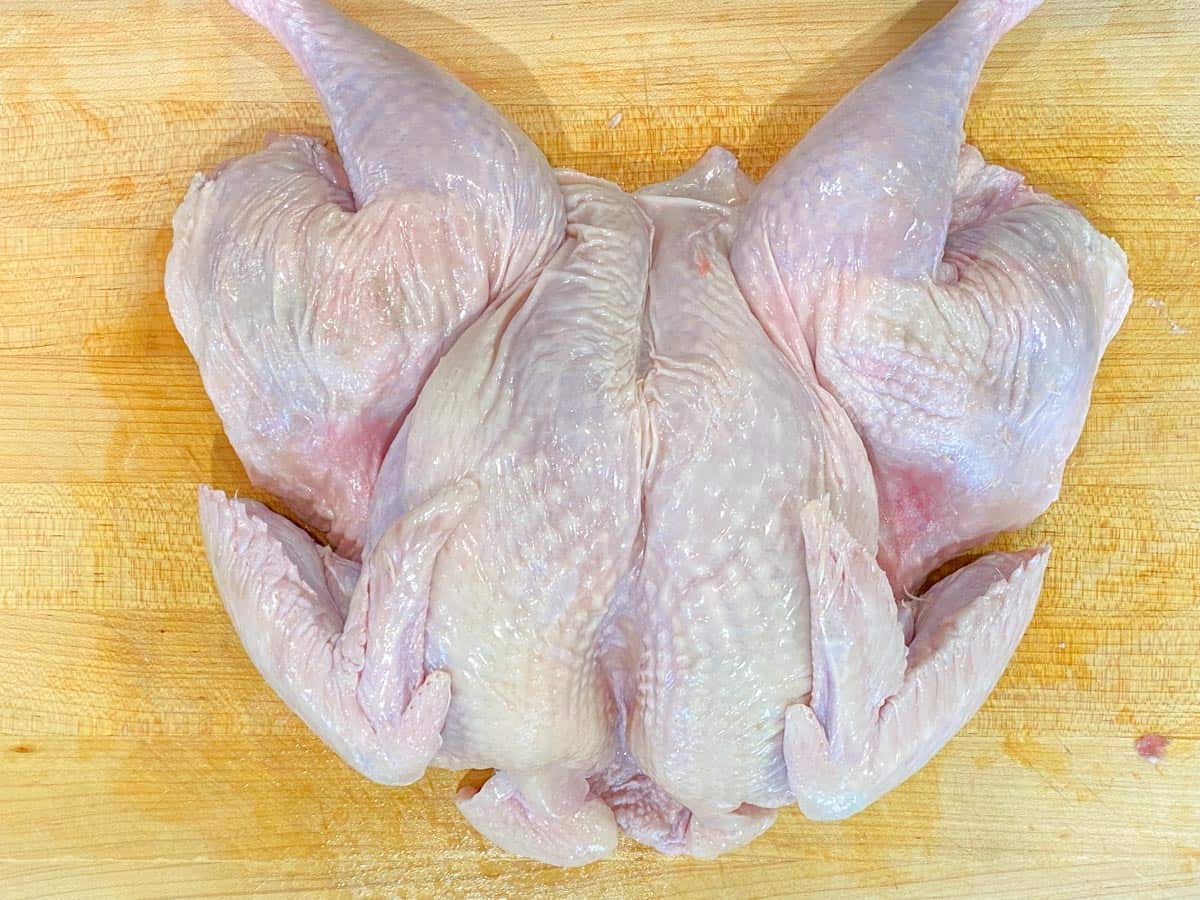
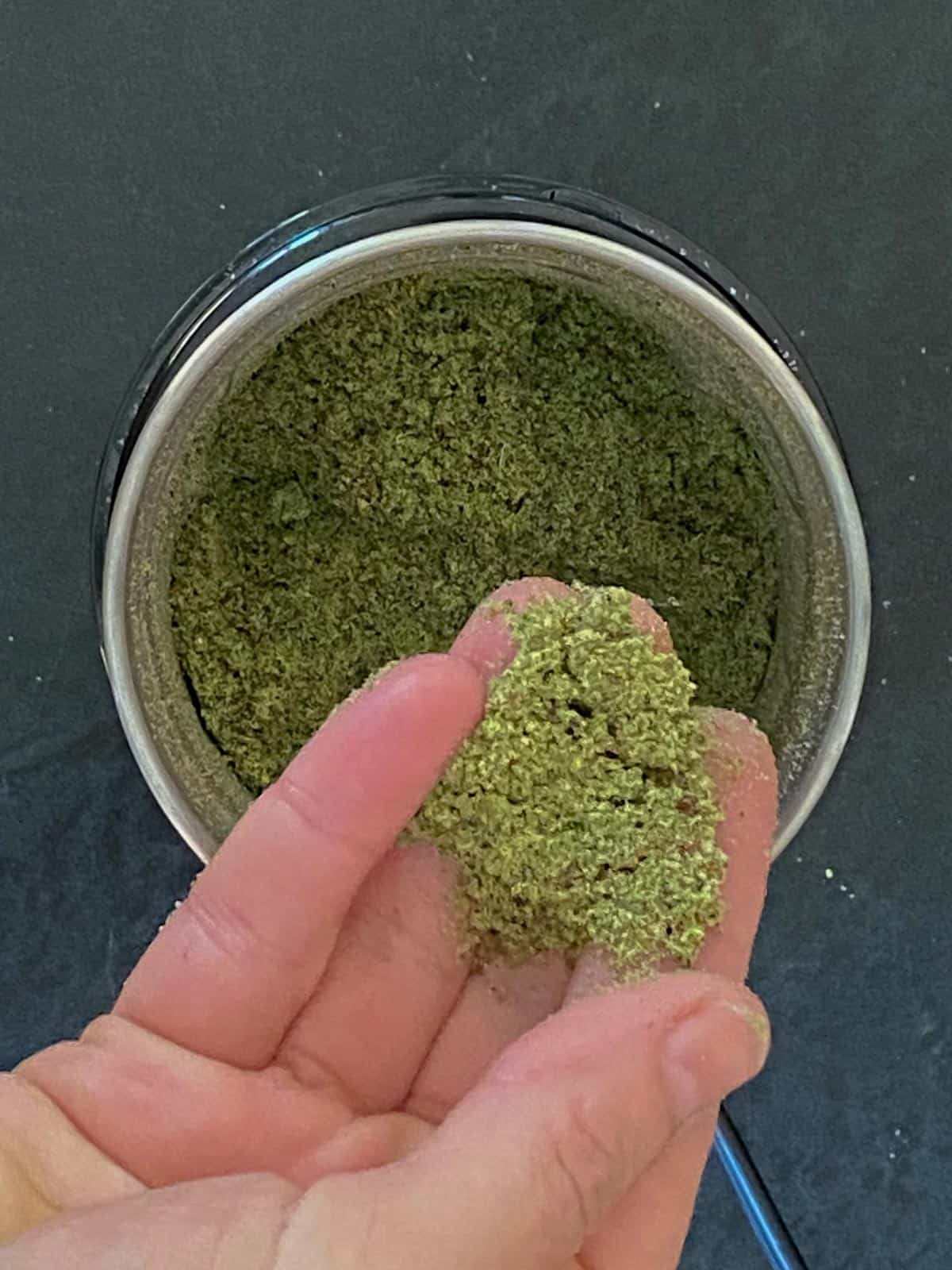
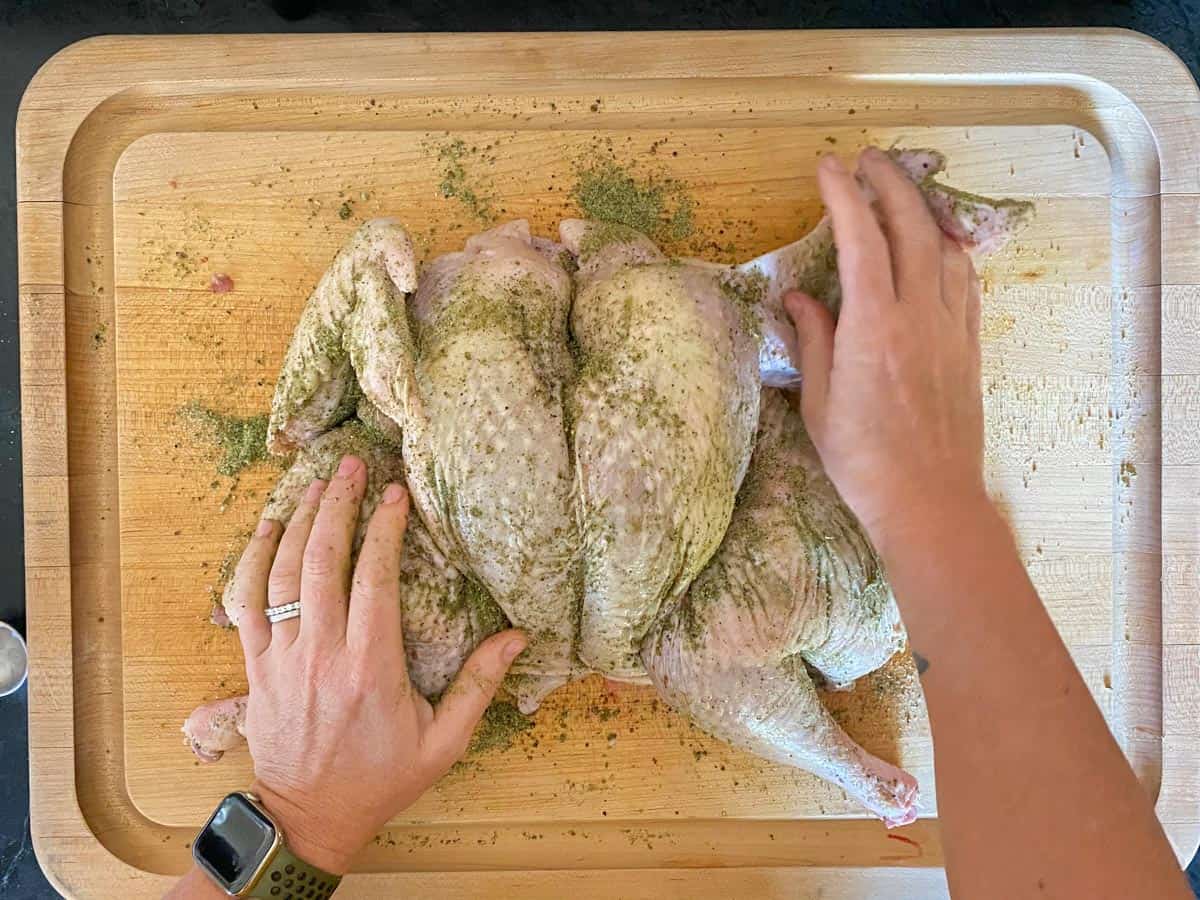
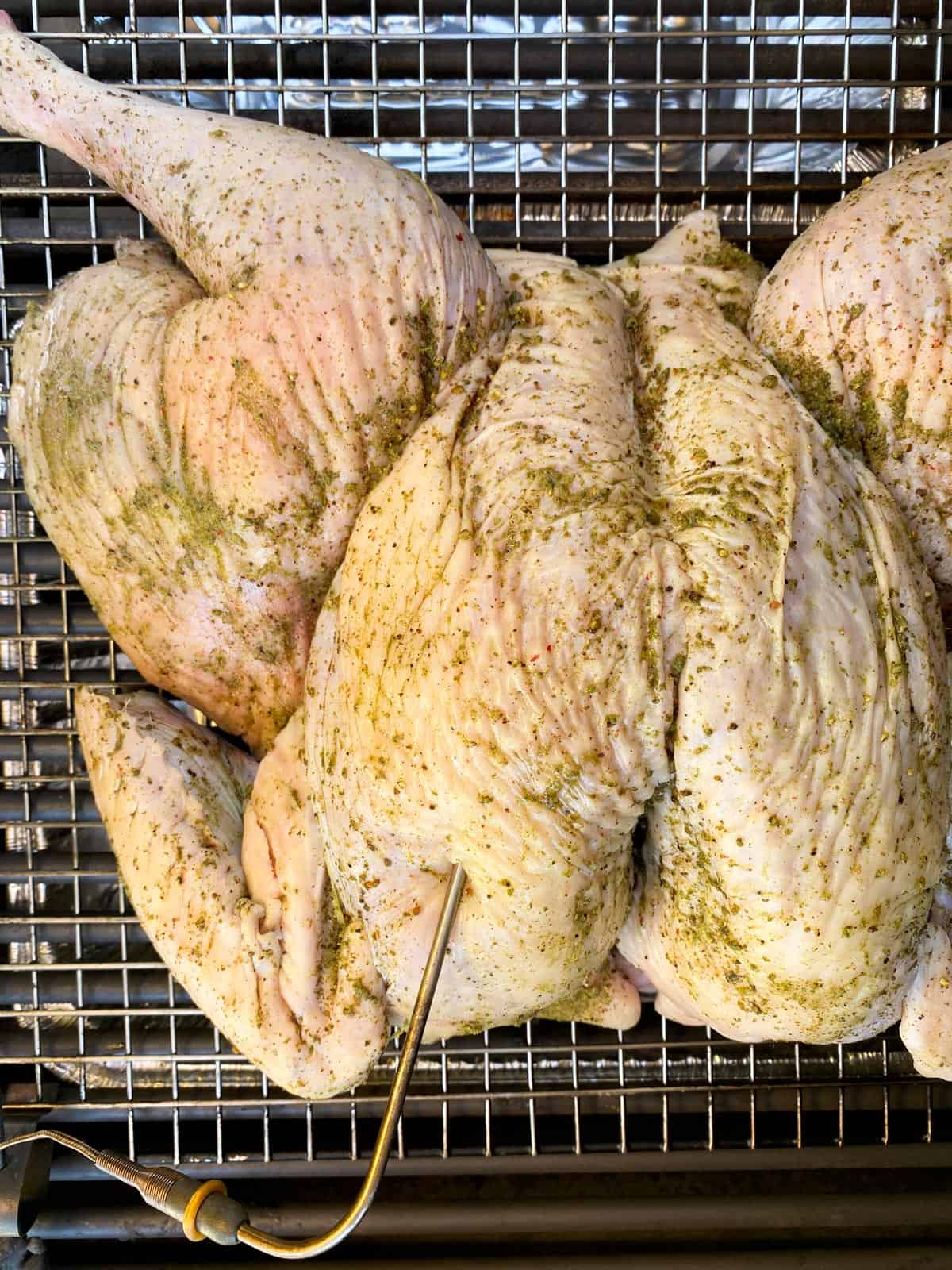
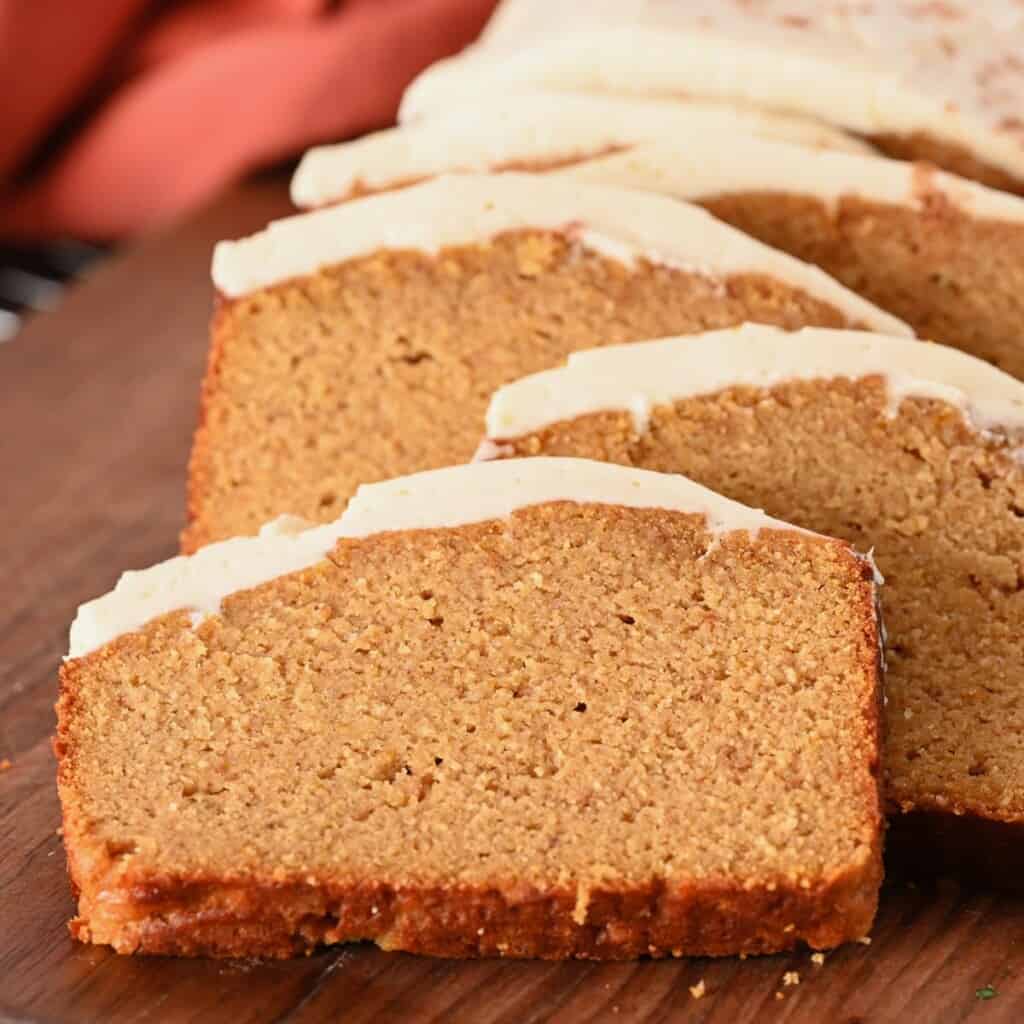
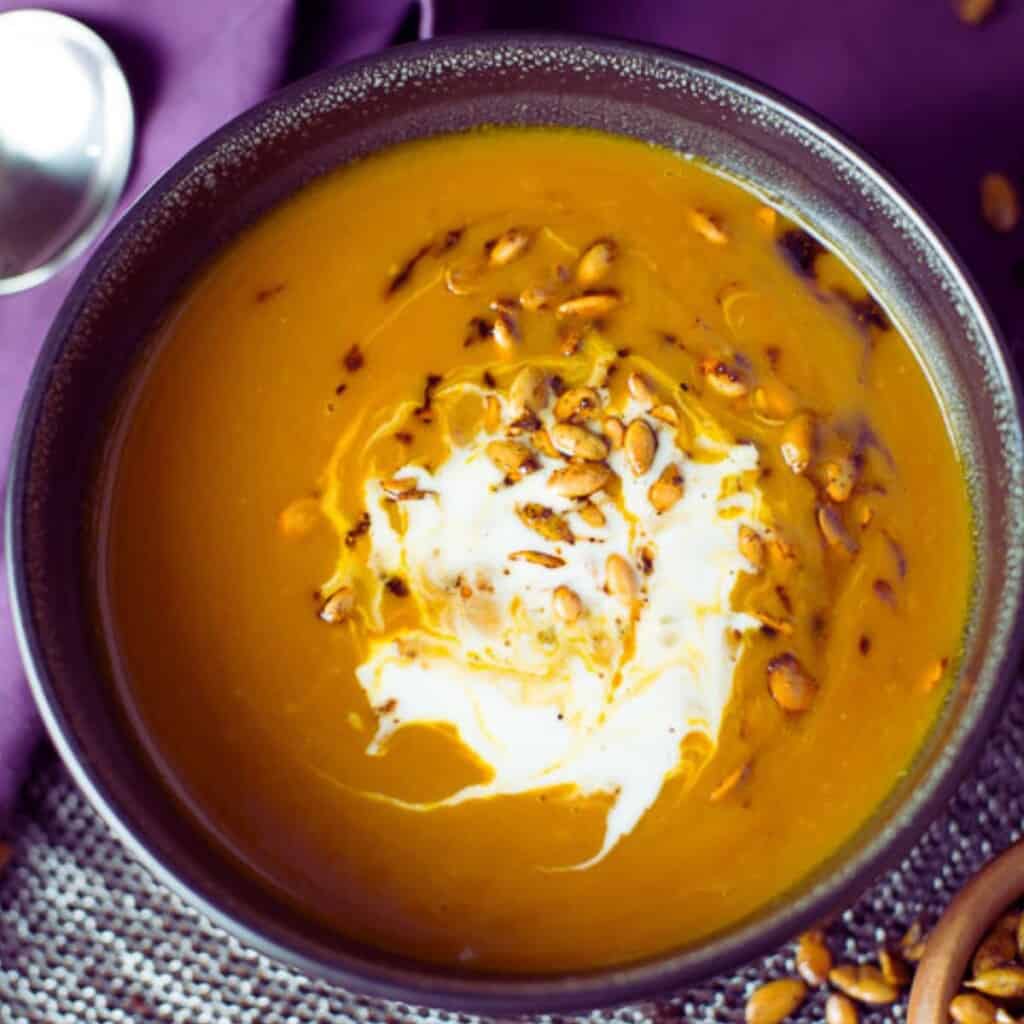
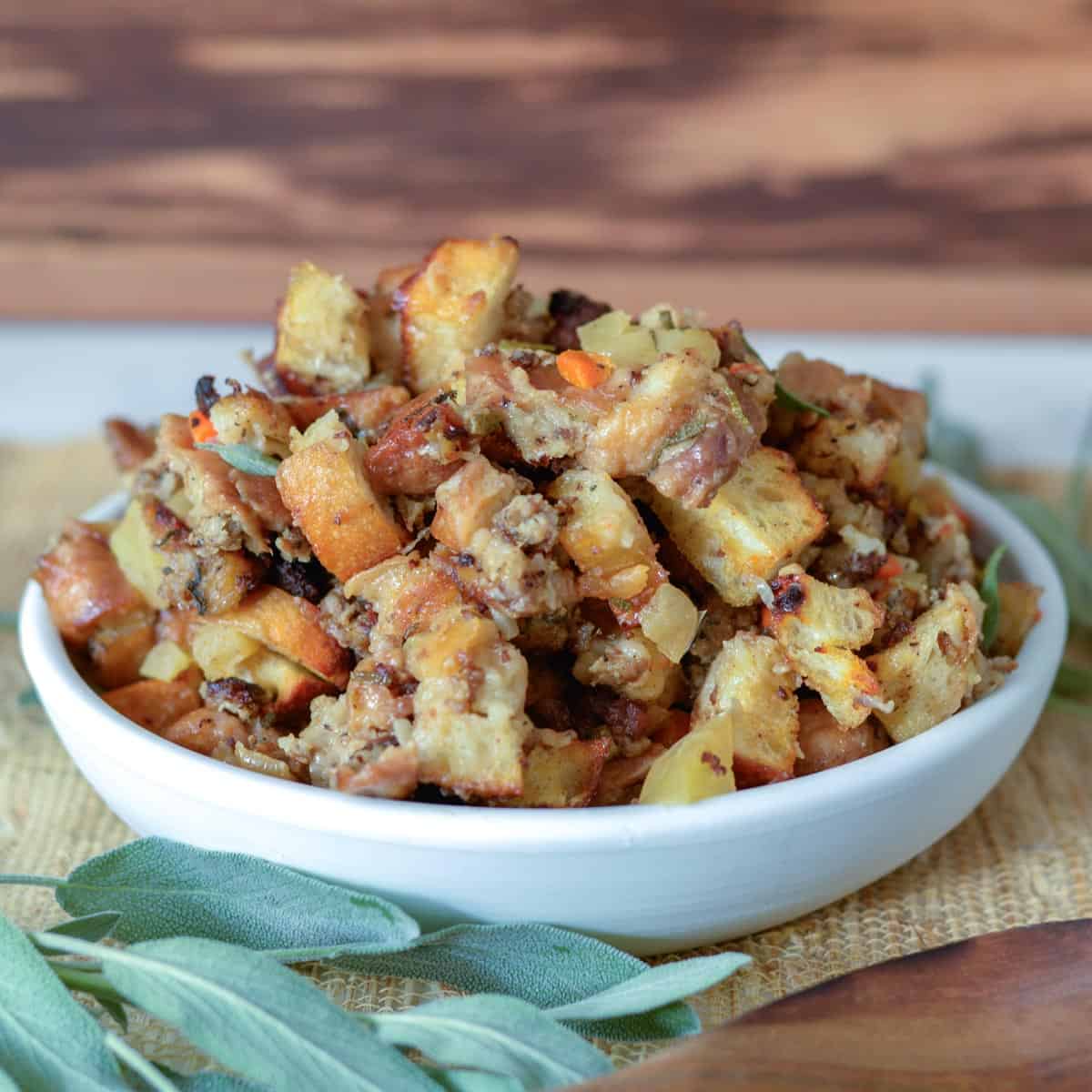
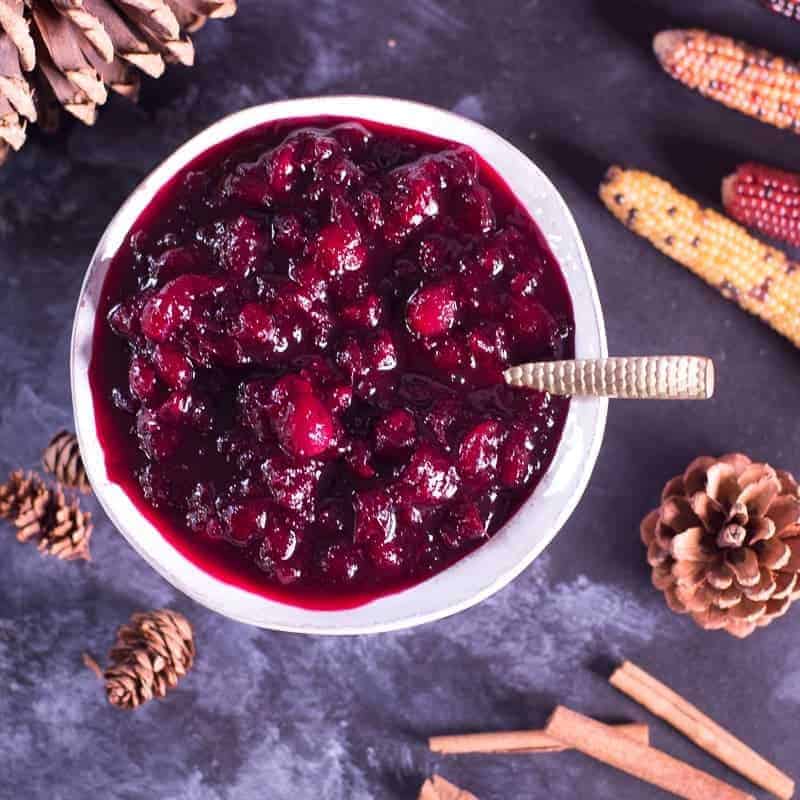
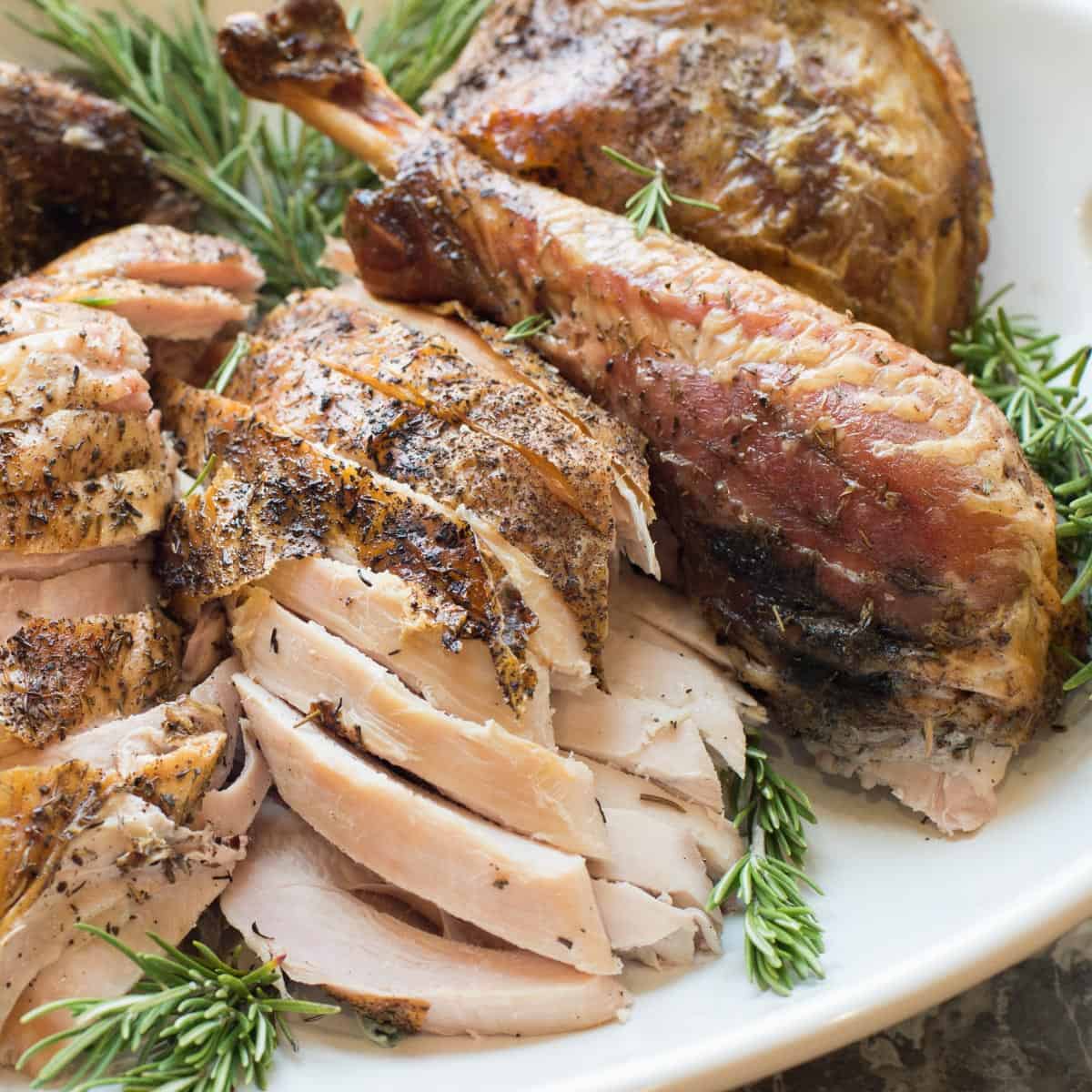
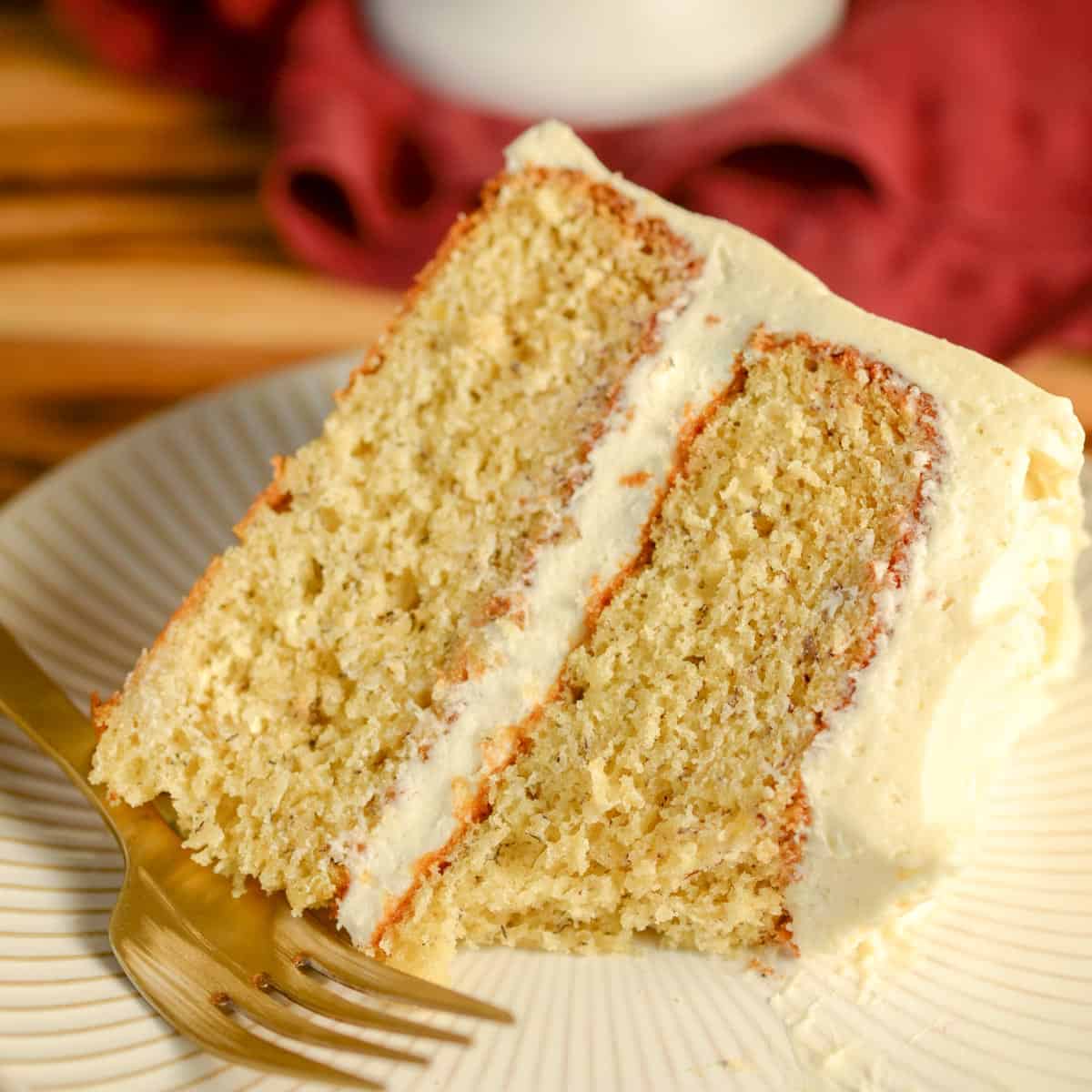
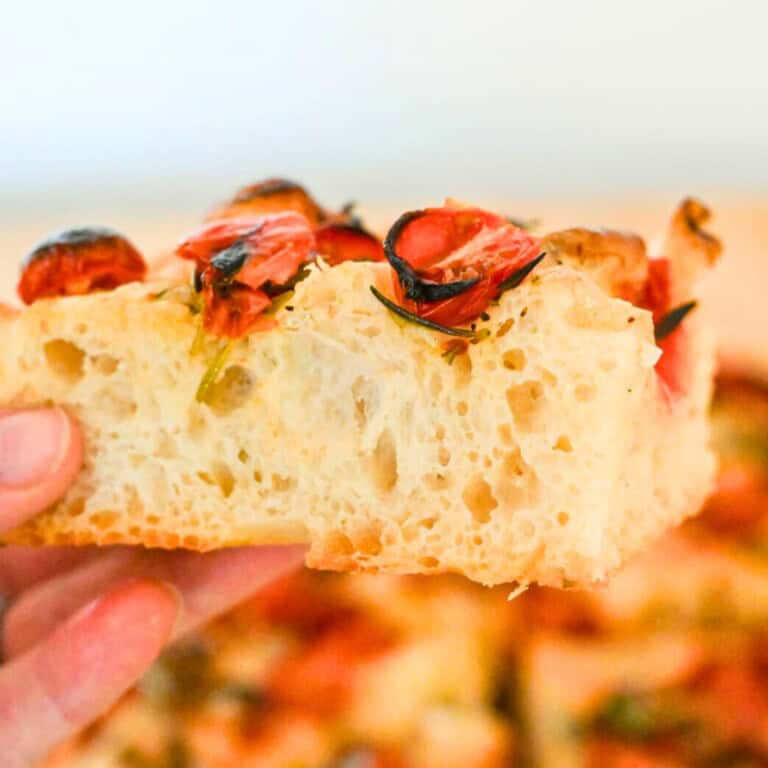
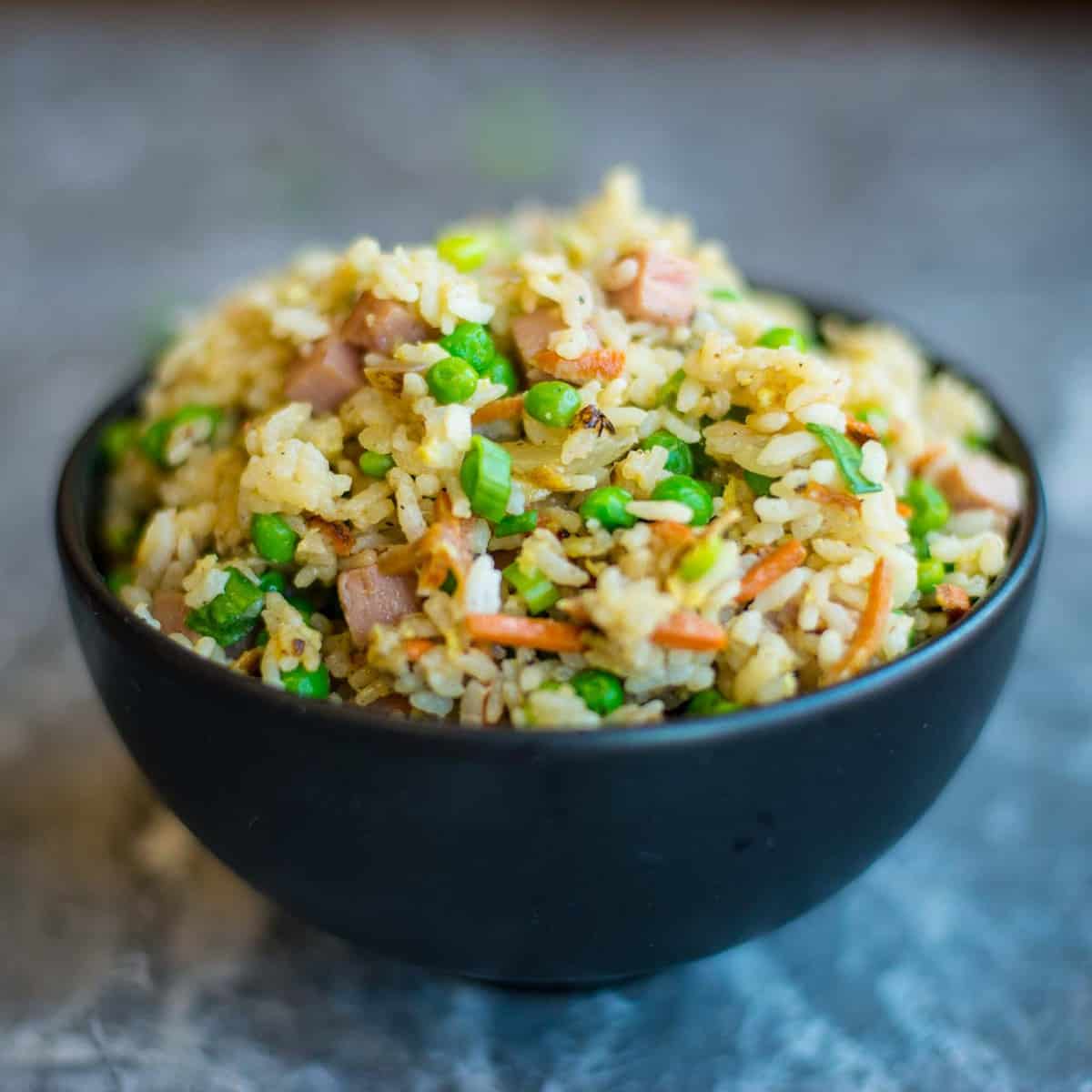

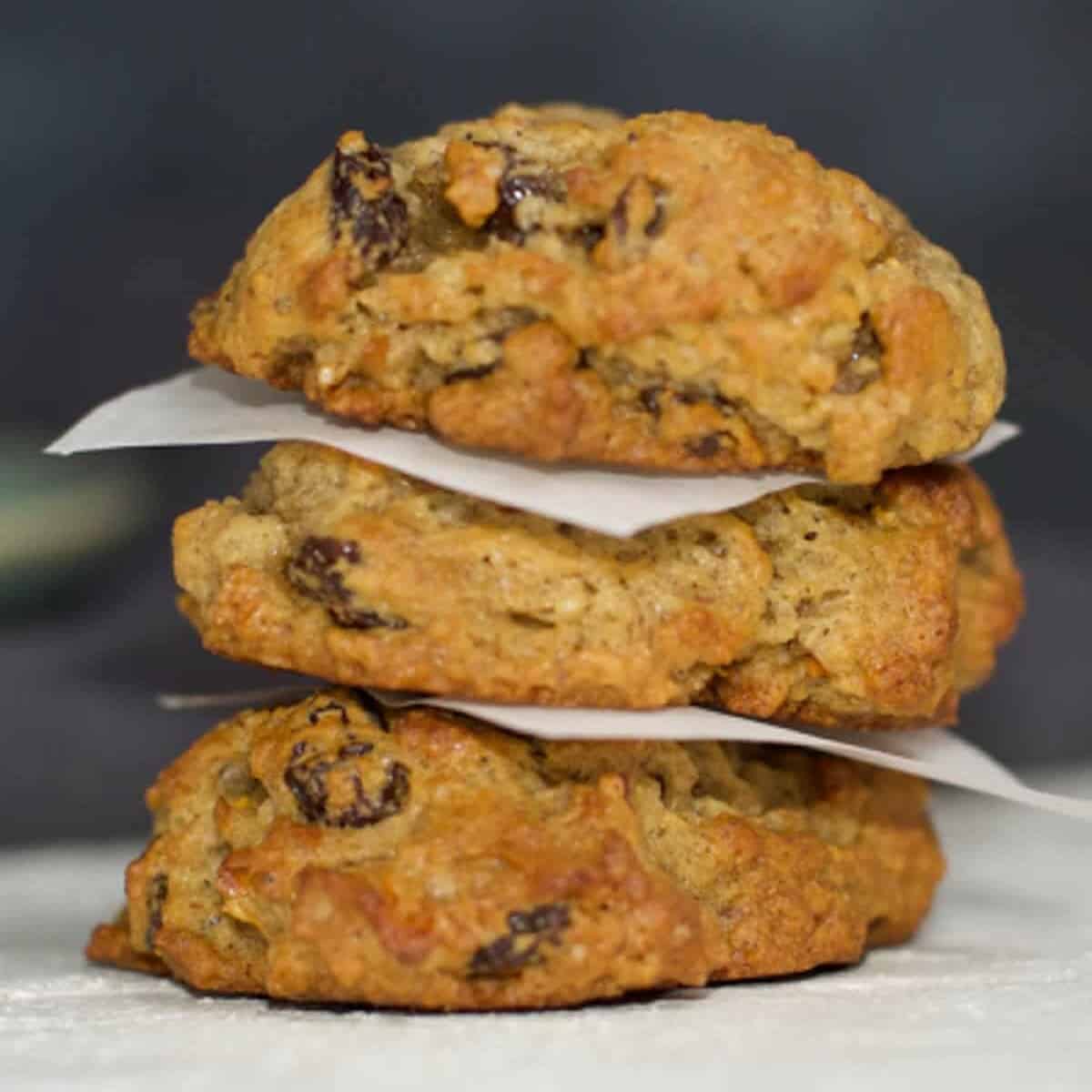


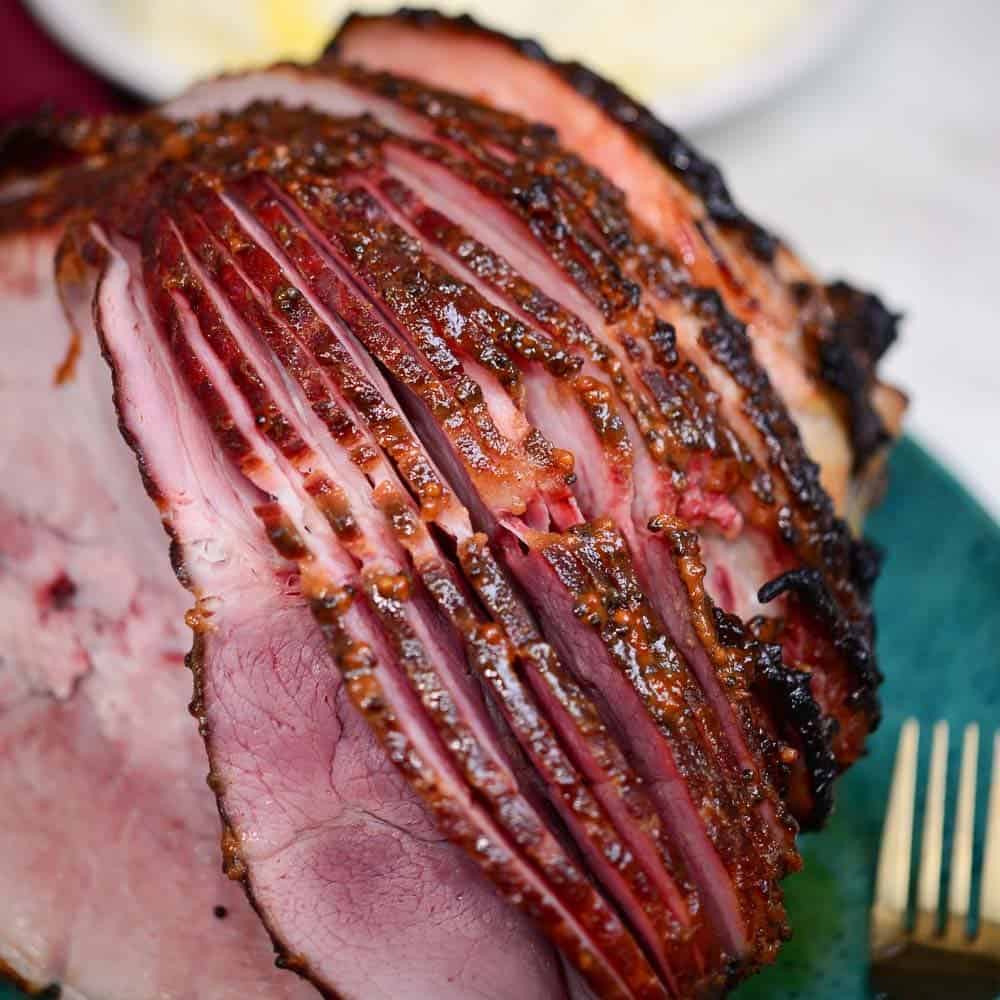
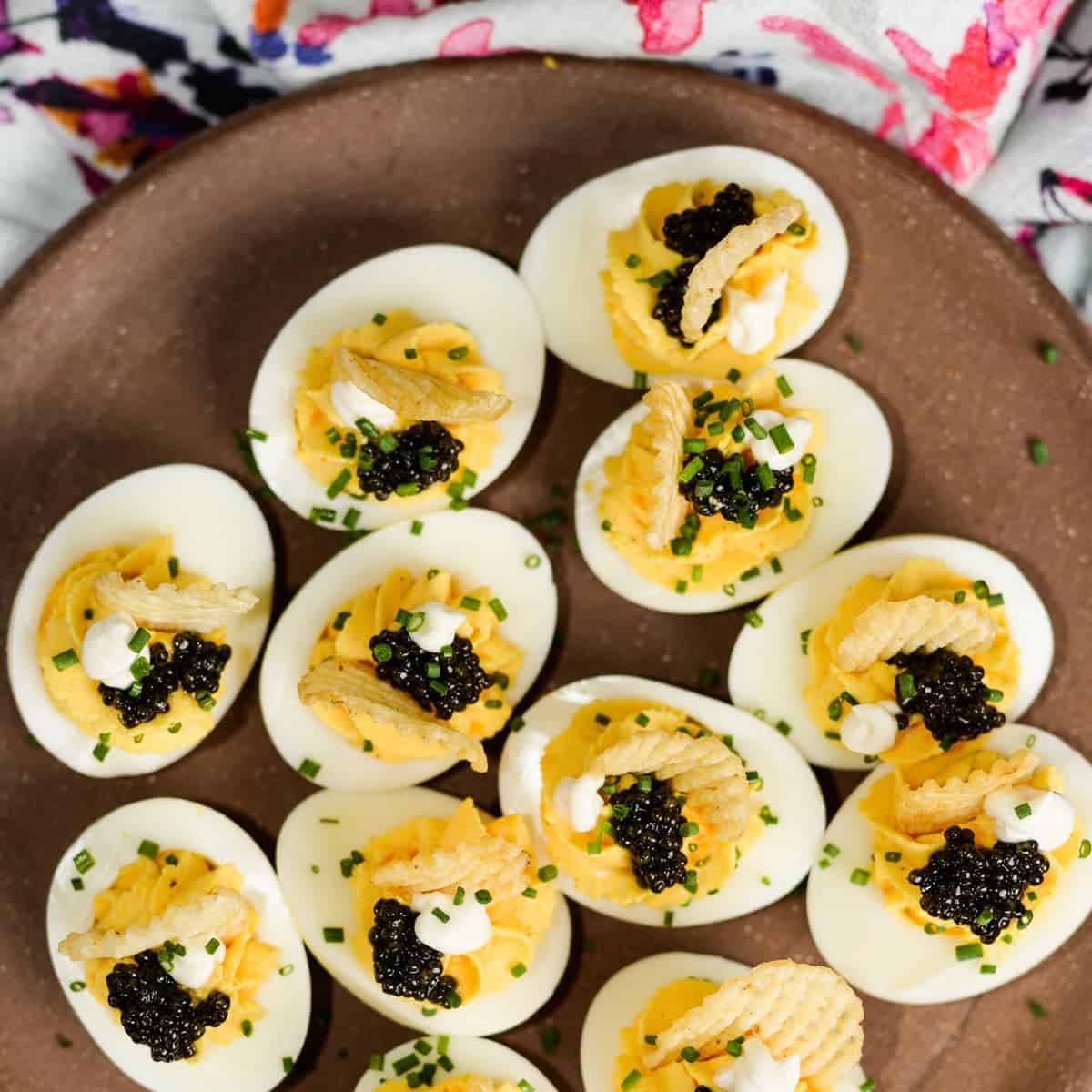
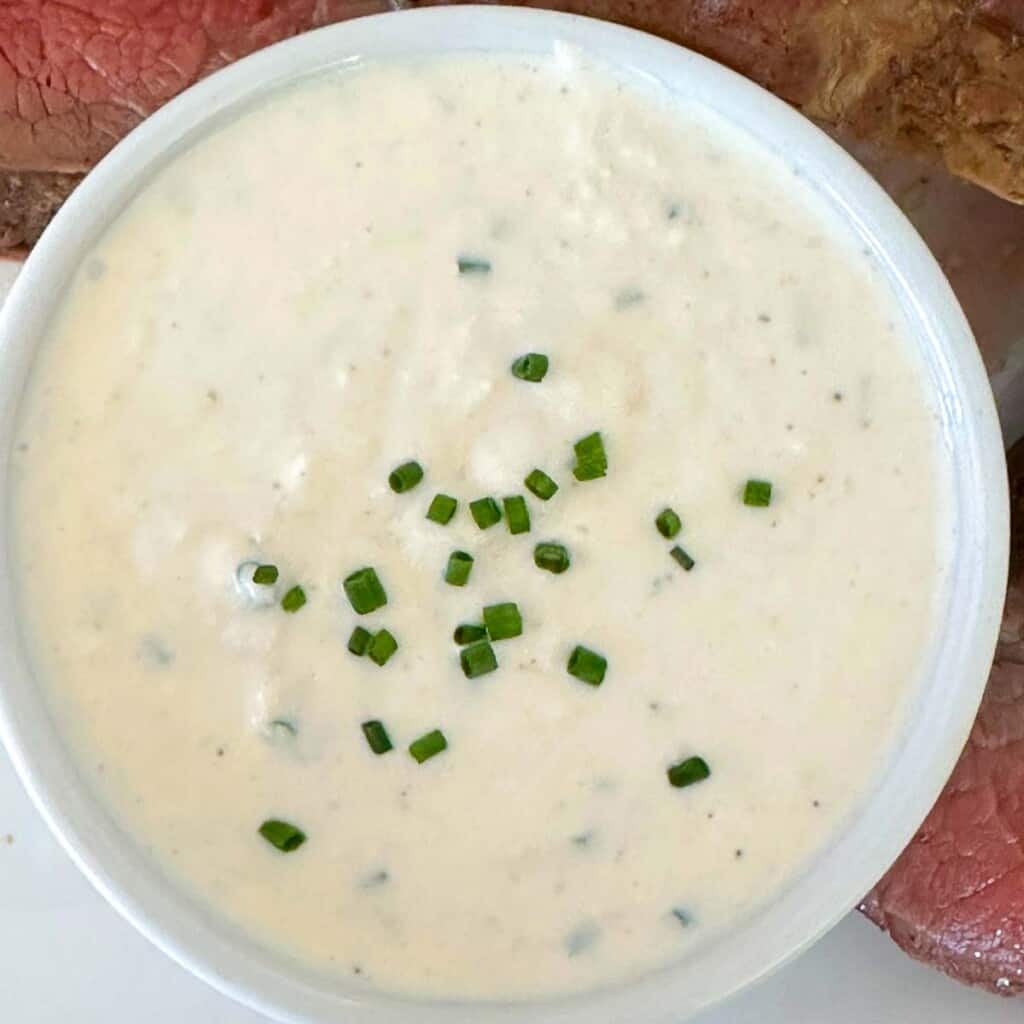
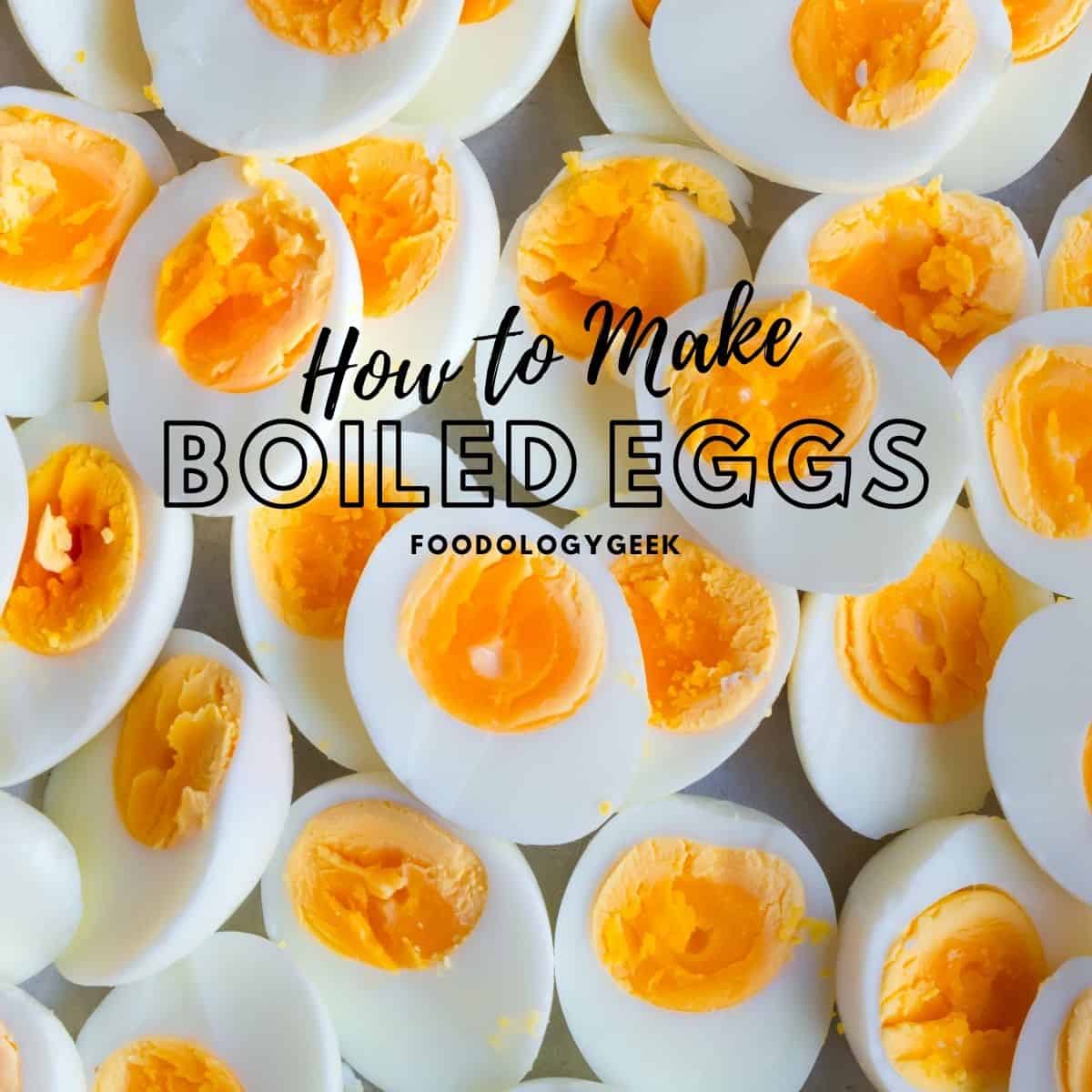
Another winning Thanksgiving recipe Laura, I am making it again this year!
Thanks Lisa! I’m glad to hear it. I hope you have a fabulous Thanksgiving. Enjoy this easy turkey recipe.
Thanks for the fantastic tips and yummy sides. Just what I need to get my feast going! Off to print the timing chart right now!
Such a great Turkey recipe for Thanksgiving!! Such amazing flavors!
Thanks, Jessica! Happy turkey day!
So delicious!!